“Post-war” buildings generally refer to buildings constructed between 1947 and 1990. Finally, “post-1990” buildings generally refer to buildings constructed since 1990 (in most cases, resale condos) and “new” buildings generally refer to buildings that are entirely new to the market.
In this article:
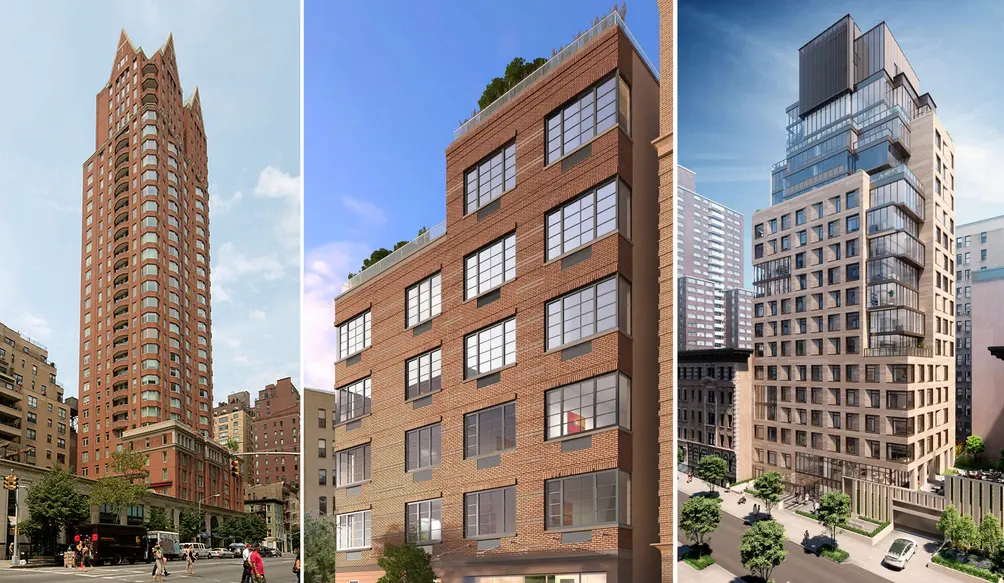 The Empire (2001), Uptown 58 (2014), and Dahlia (2020)
The Empire (2001), Uptown 58 (2014), and Dahlia (2020)
The pros and cons of buying in post-1990 buildings
On the surface, many of the city’s post-1990 buildings share few distinguishing features from their post-war counterparts. At least in the 1990s and into the 2000s, after all, many new residential constructions reflected the standard layout of post-war buildings and continued to rely on similar, if not identical, materials. However, New York’s post-1990 residential buildings did have one important difference that often set them apart from their post-war counterparts.
The majority of the city’s pre-1990 buildings are structured as co-ops. By contrast, post-1990 buildings are far more likely to be structured as condos. Since condos generally cost more than co-ops in New York City, listings for post-1990 units are often higher. That said, post-1990 units are often still more accessible to the average buyer. With few exceptions, on the condo market, 80 percent financing is the norm (outside Manhattan, some condos will even accept deals with up to 90 percent financing). Another notable difference is that while most co-op boards scrutinize potential applicants’ financials and personal lives, few condo deals ever engage in such close vetting. Another major benefit to purchasing in a post-1990 building—that is, if it is structured as a condo rather than co-op—is the ability to sublet or sell your property at any time and to do so without financial penalty.
If there is any con to buying in a post-1990 co-op, it may be simply that focusing your search for resale units from buildings after 1990 will severely limit your housing search.
Resale Condos in 2000s Buildings
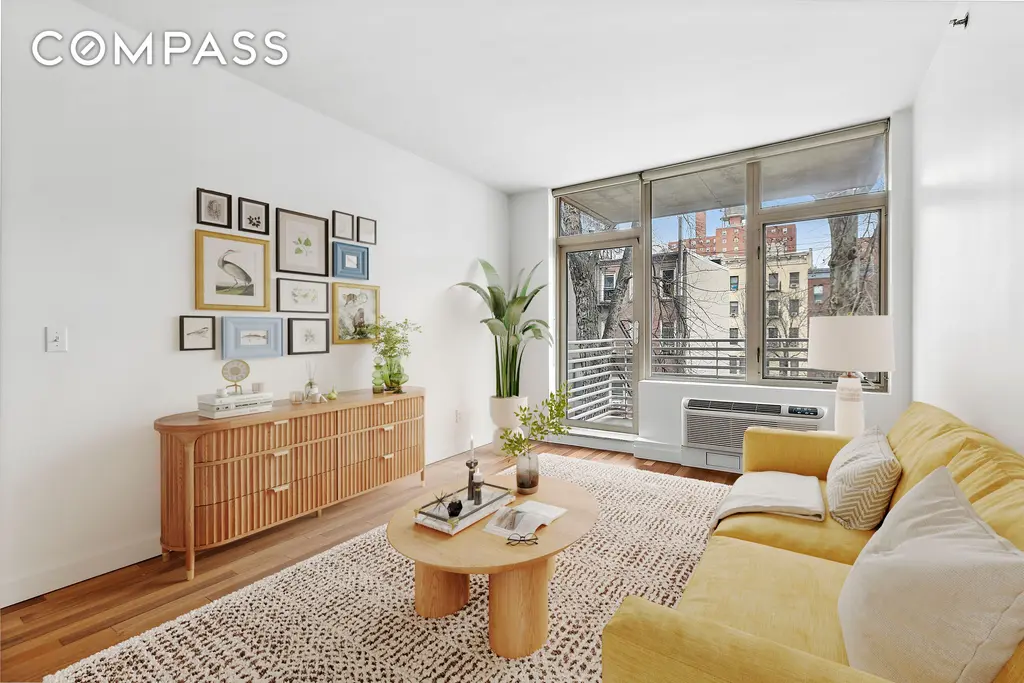
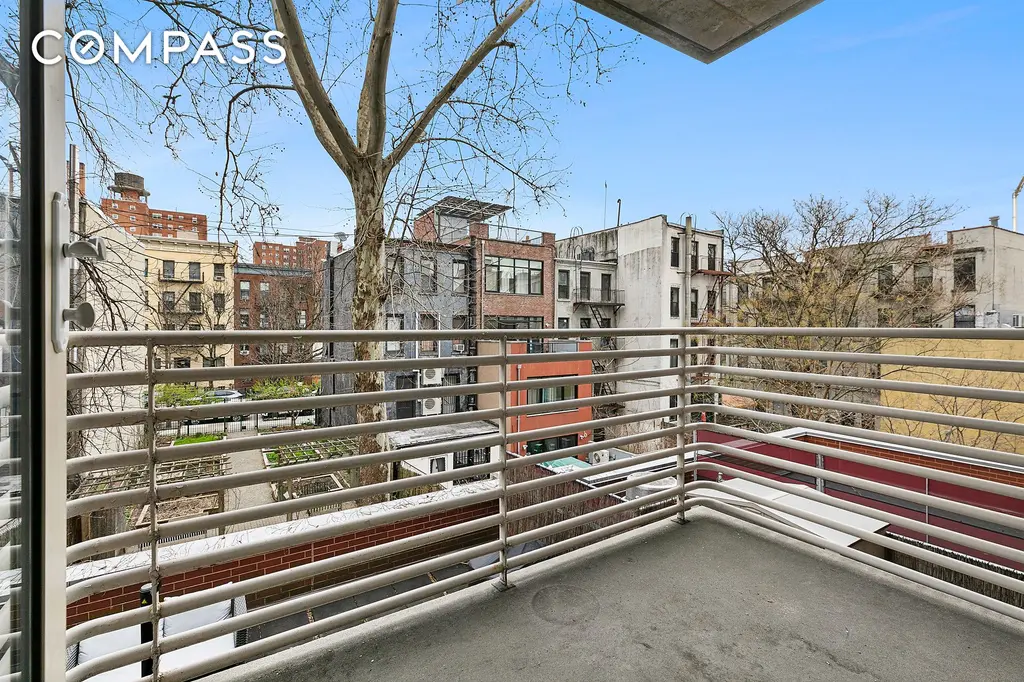
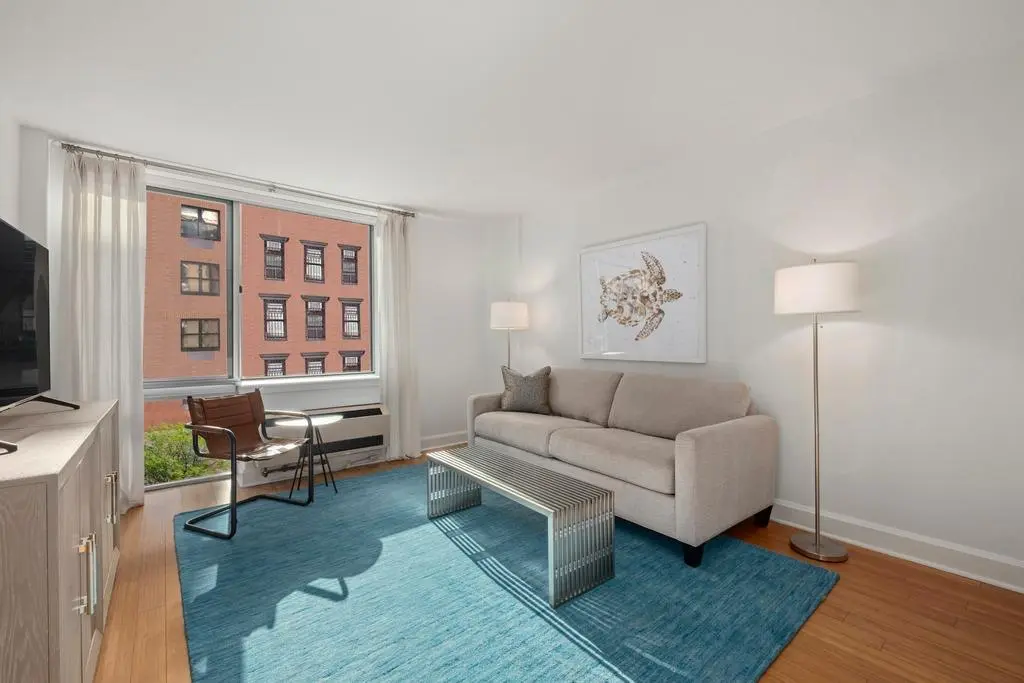
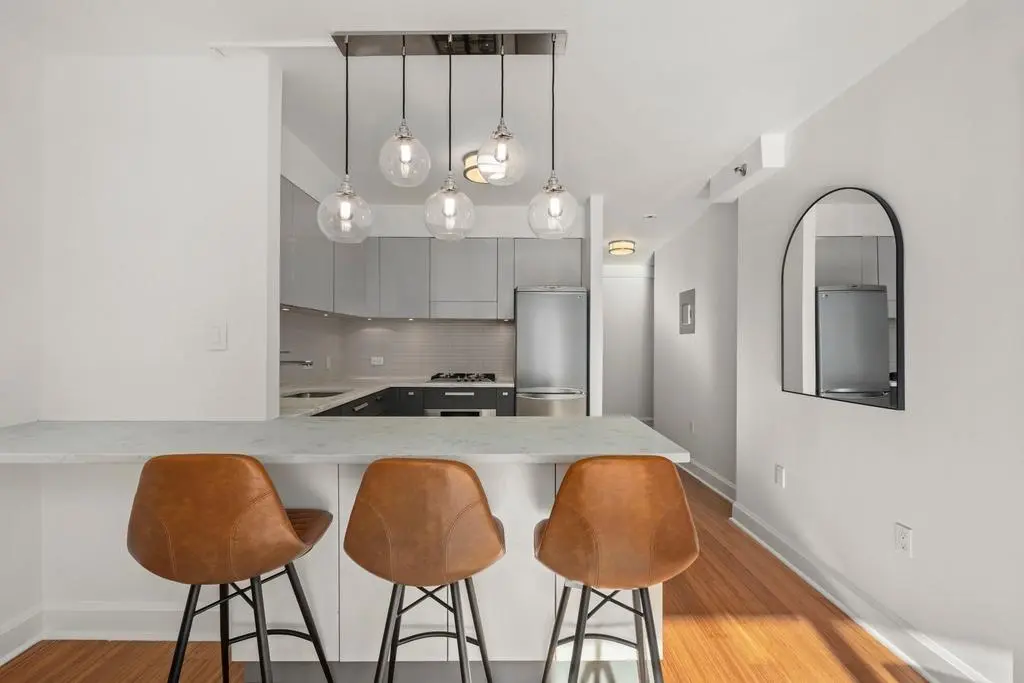
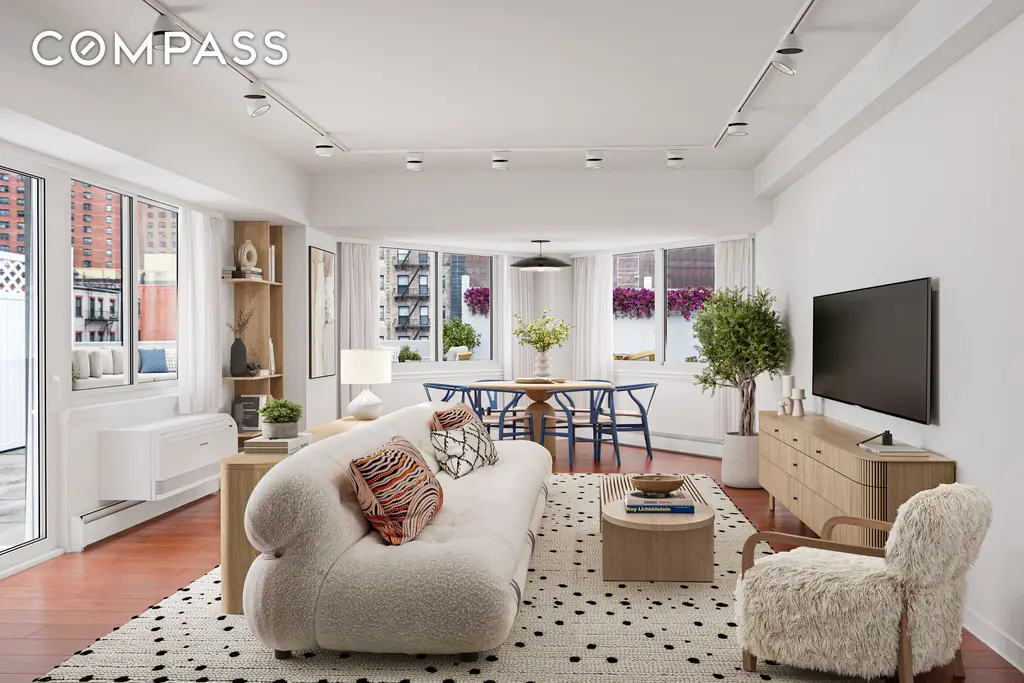
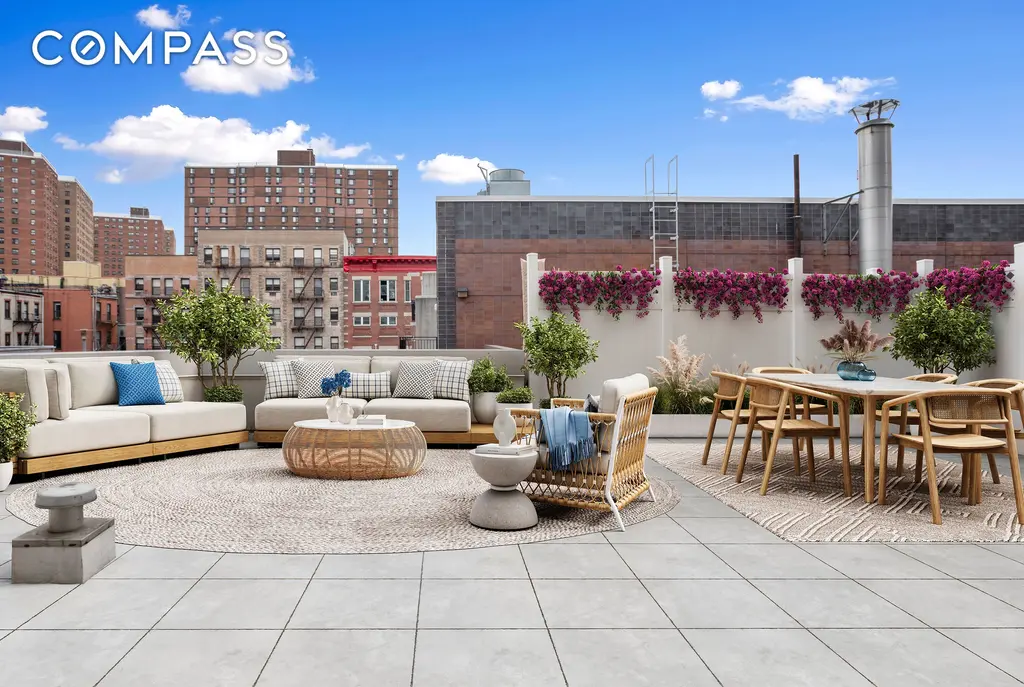
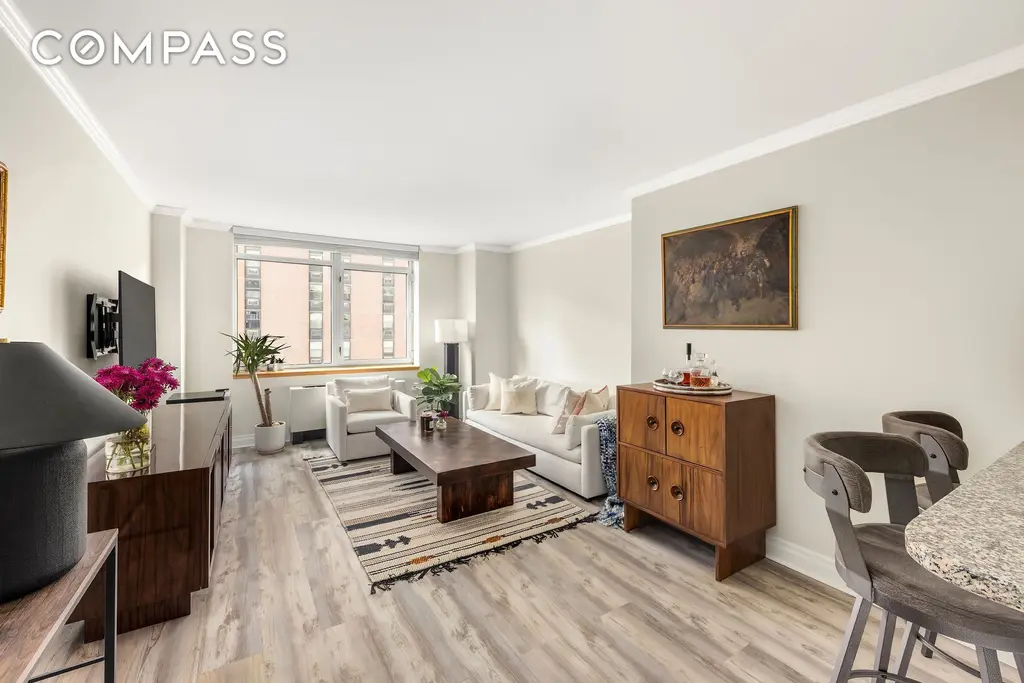
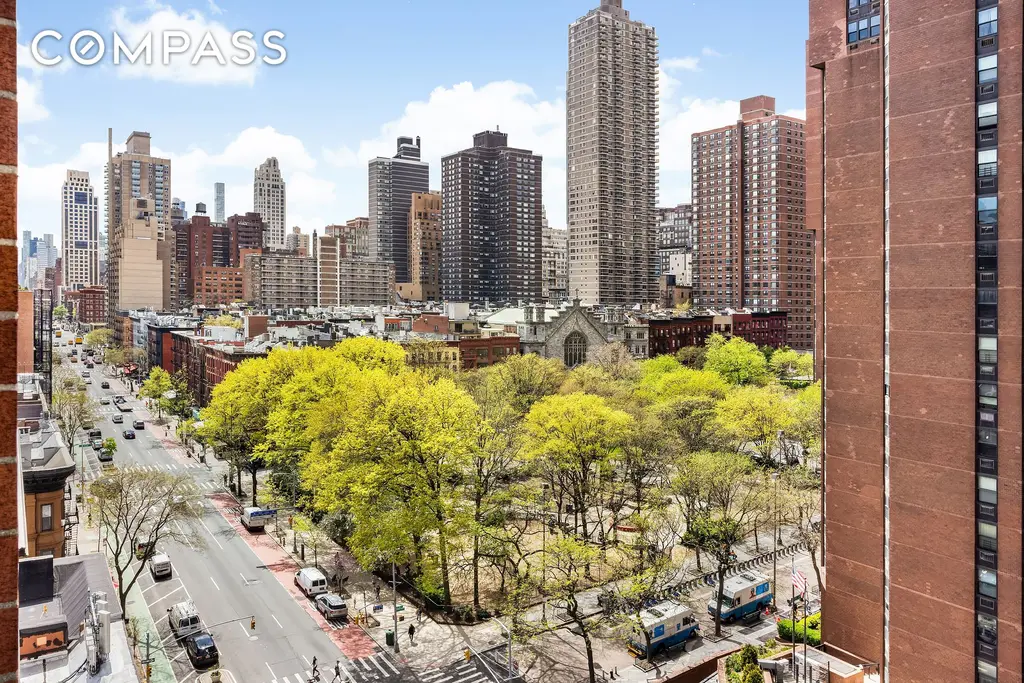
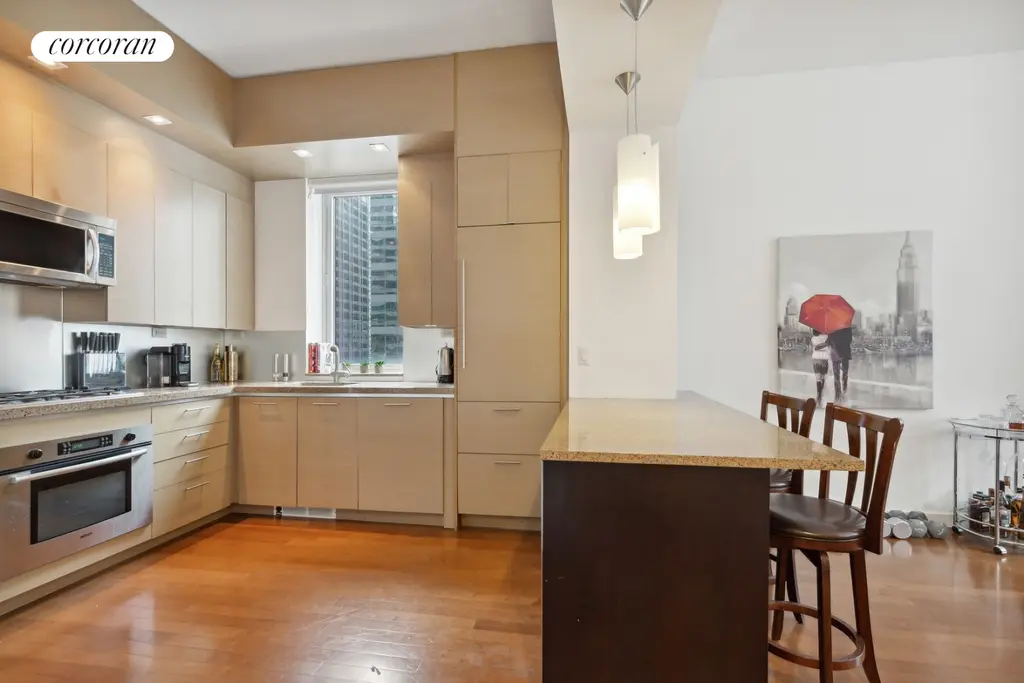
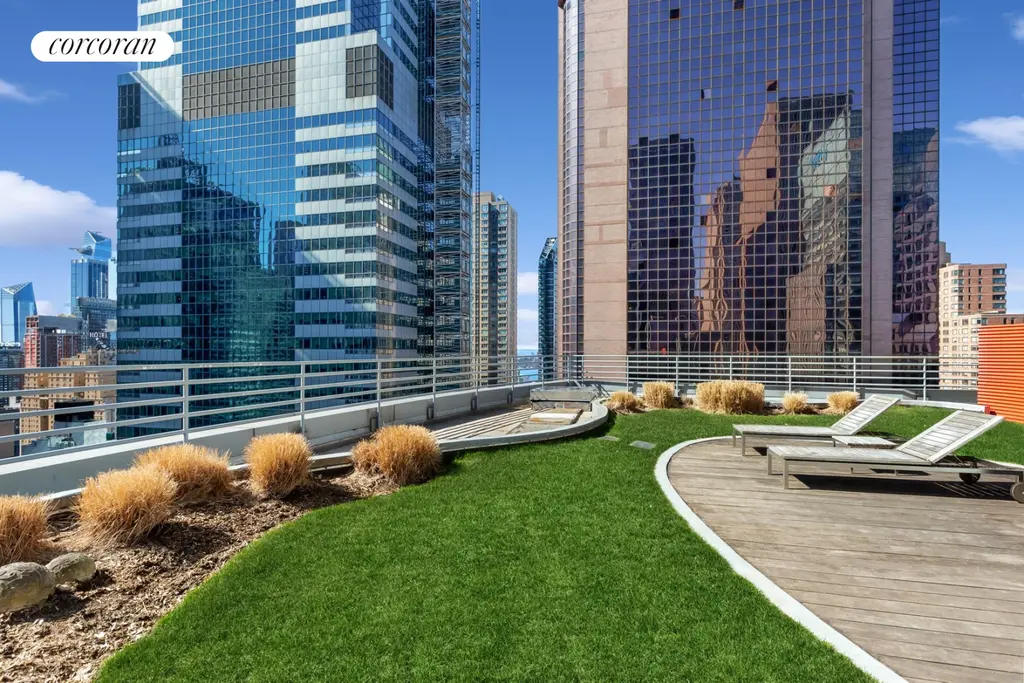
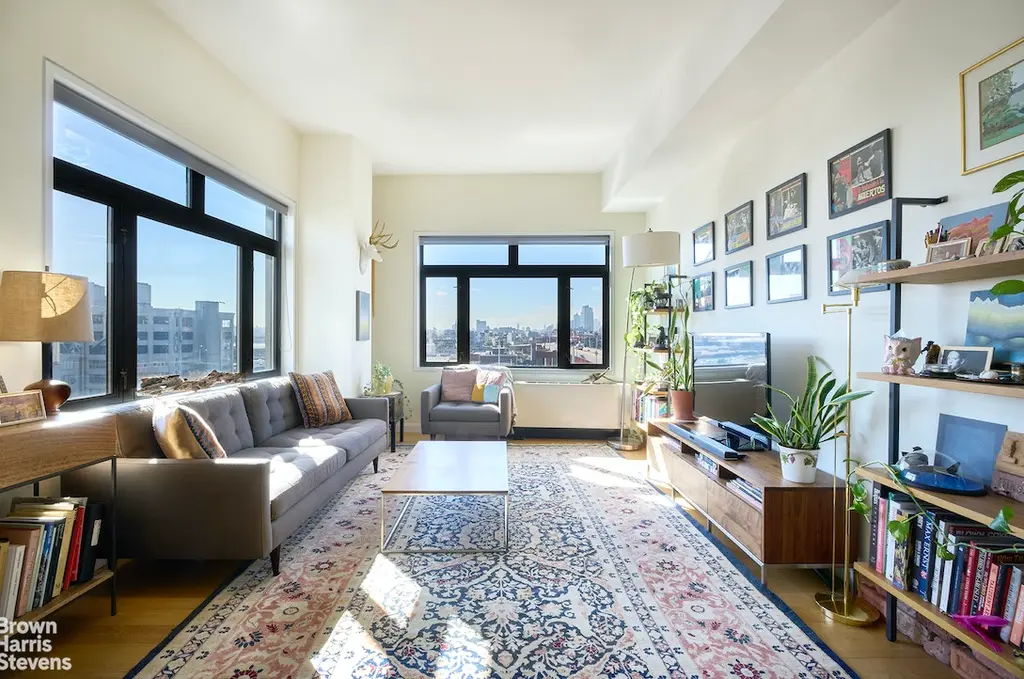
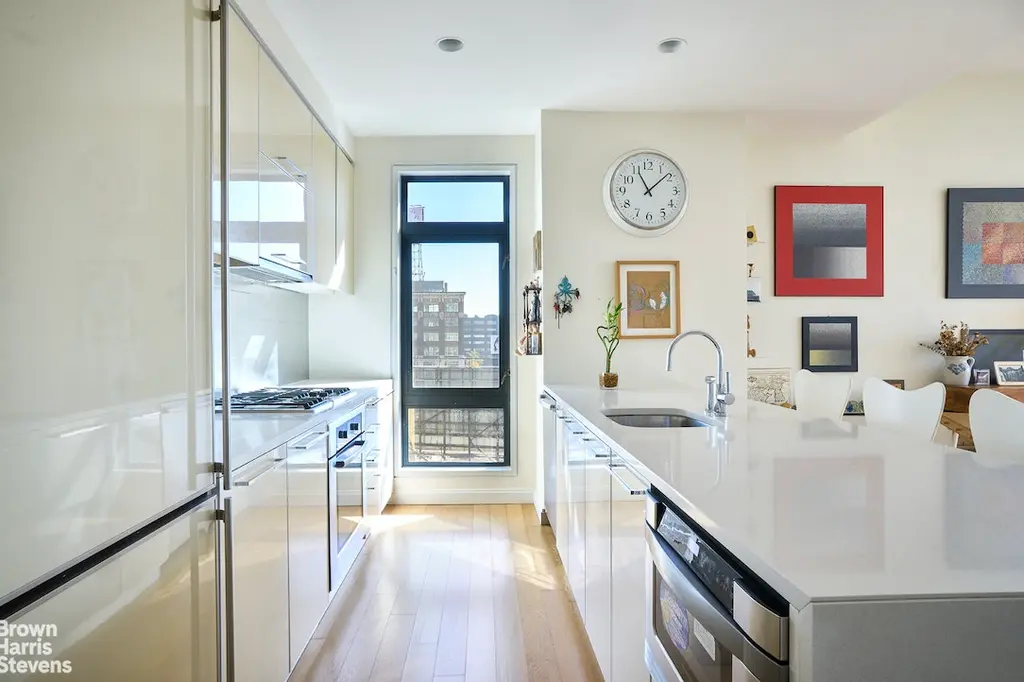
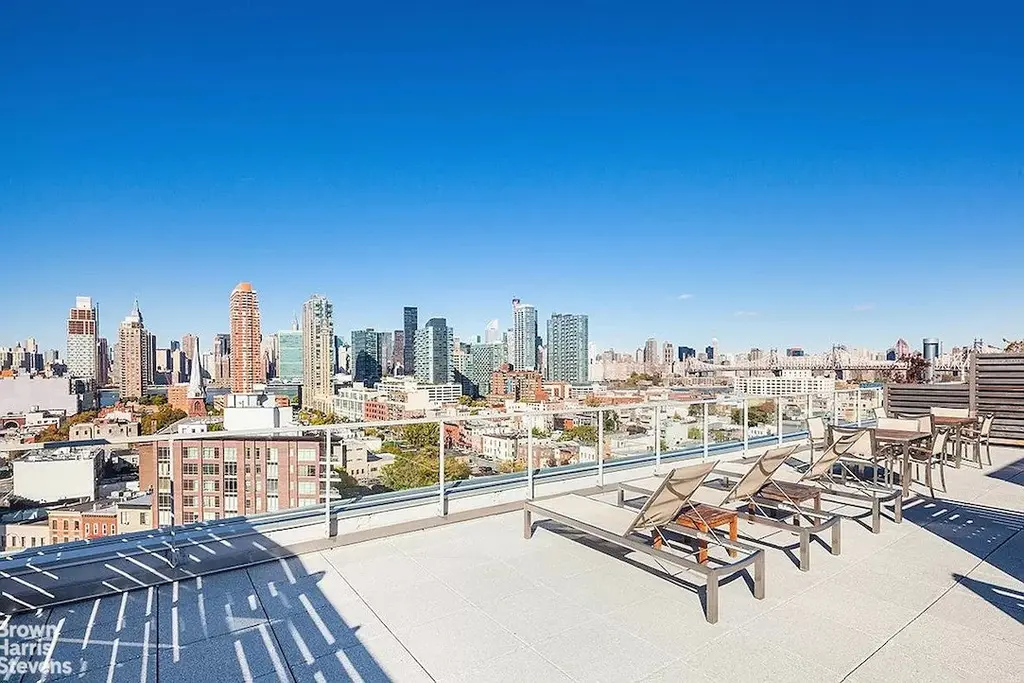
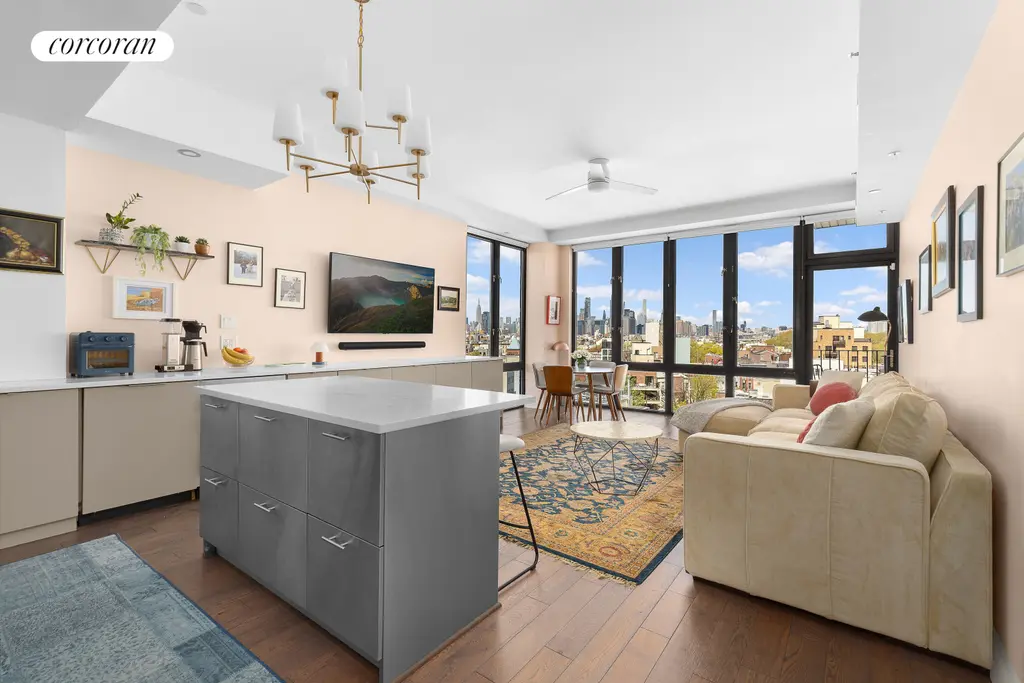
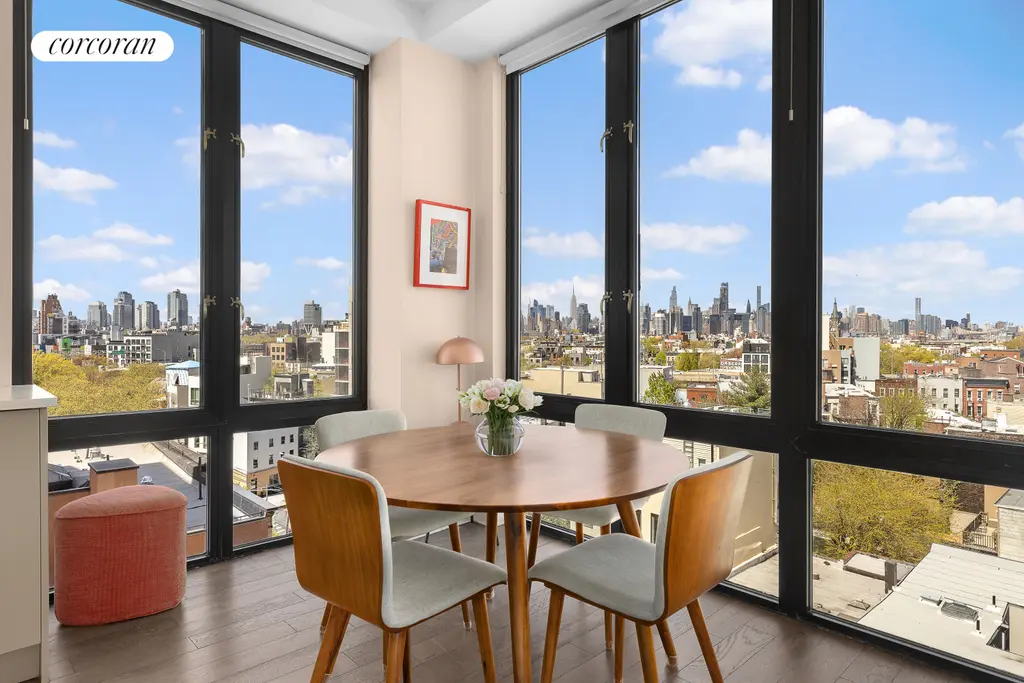
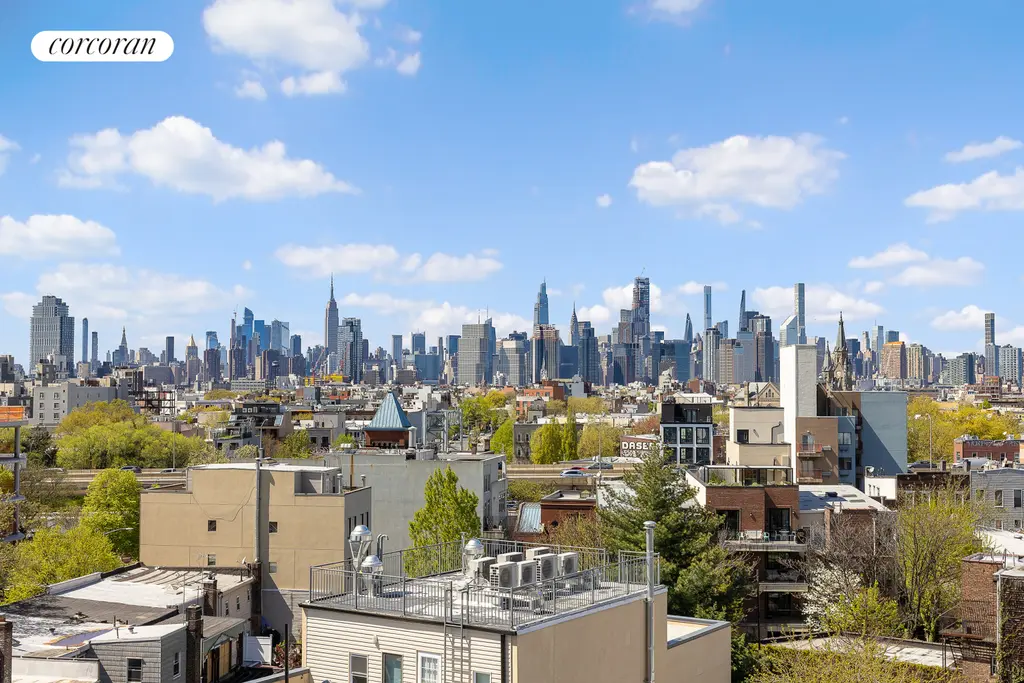
205 East 59th Street, #19A
$2,395,000 (-2.2%)
Lenox Hill | Condominium | 2 Bedrooms, 2 Baths | 1,375 ft2
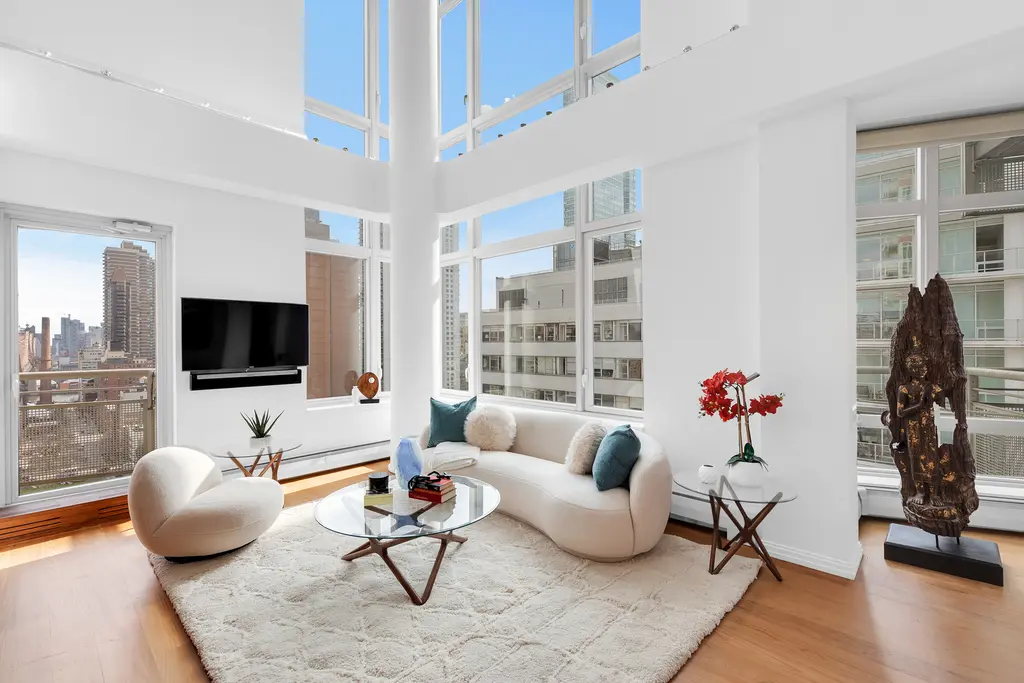
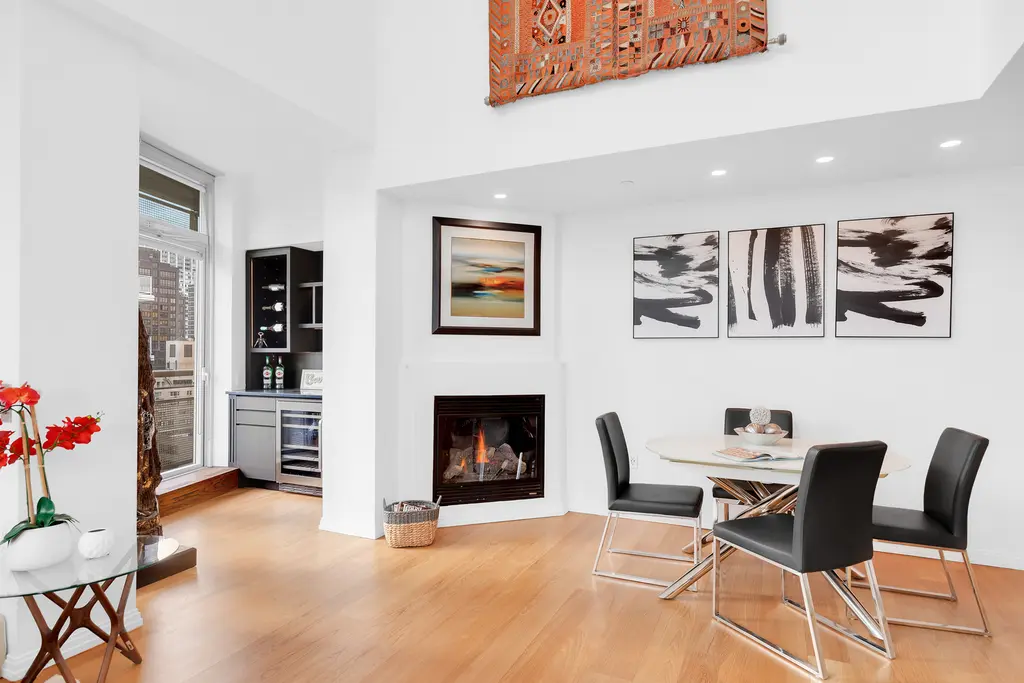
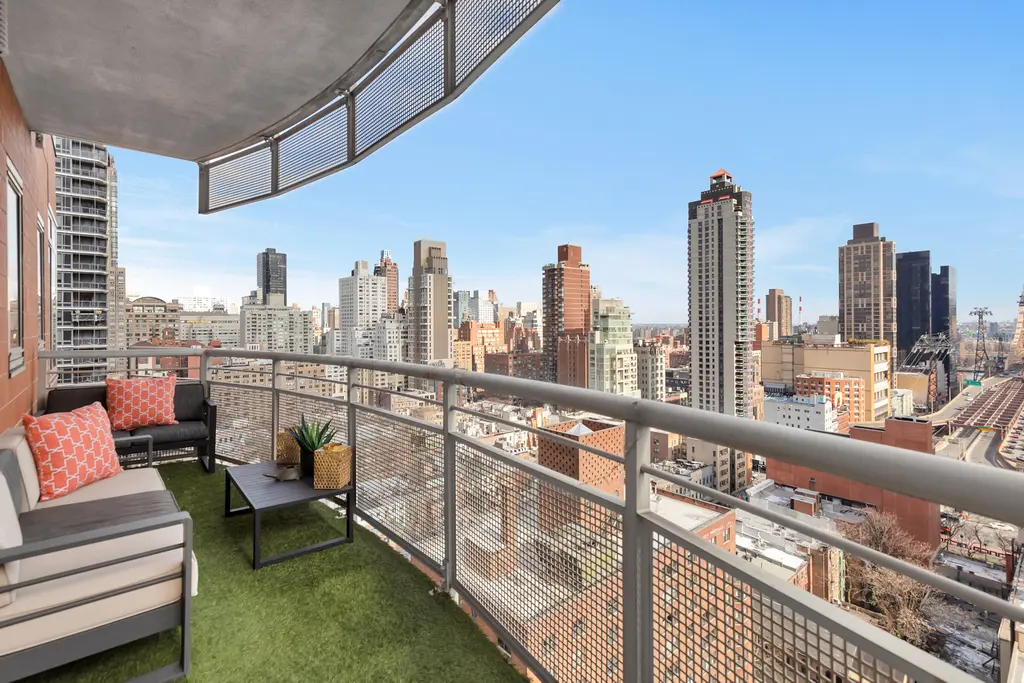
5th on the Park, #16AB
$2,795,000 (-2.8%)
East Harlem | Condominium | 5 Bedrooms, 4 Baths | 2,484 ft2
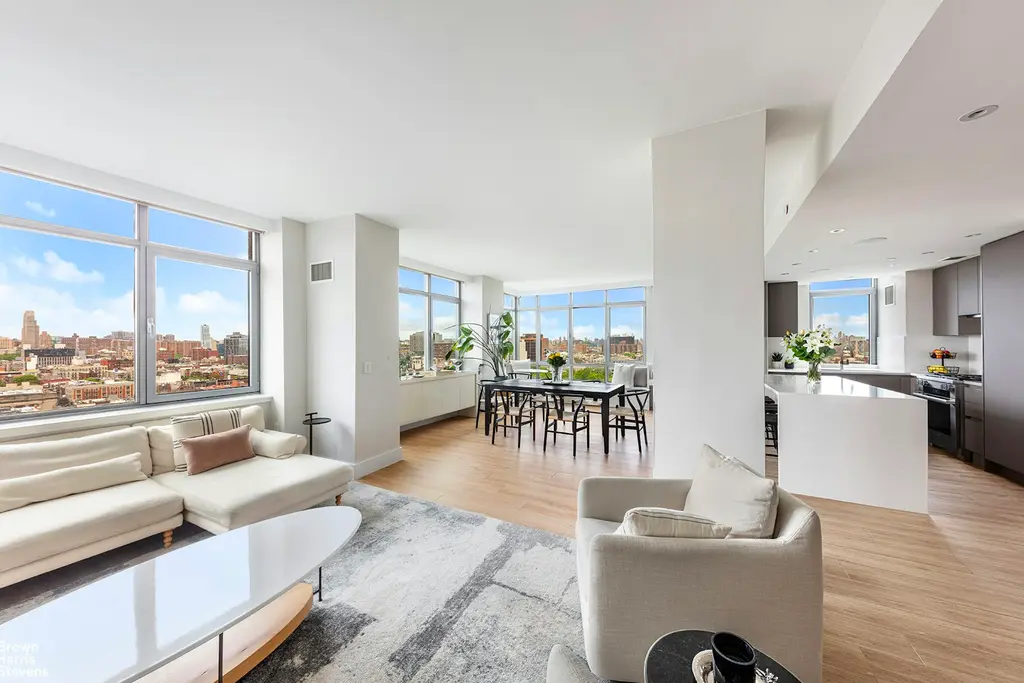
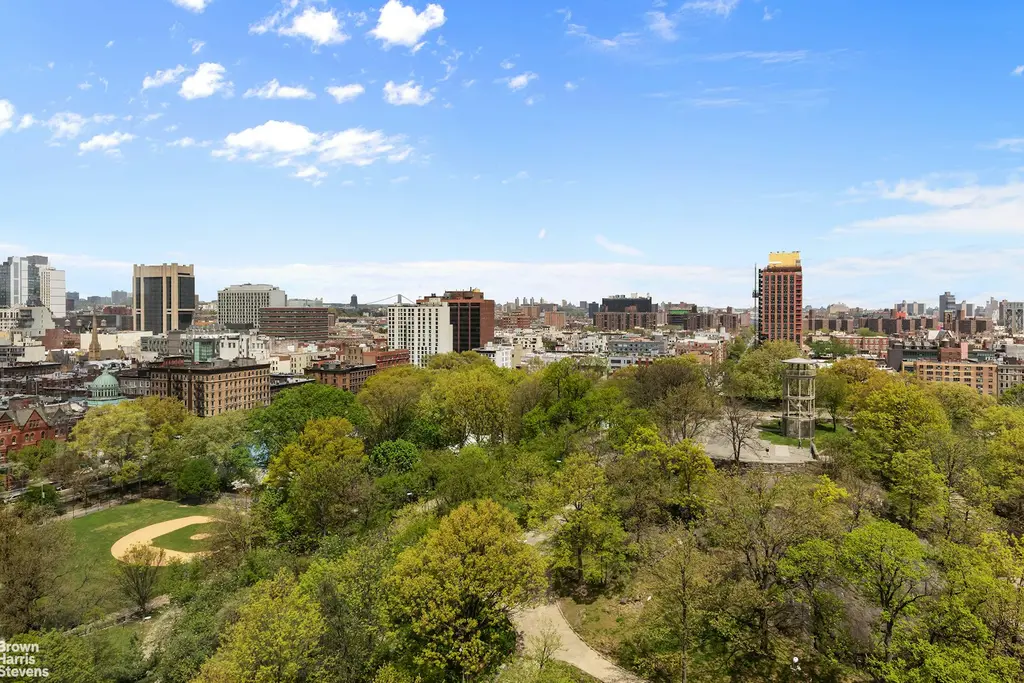
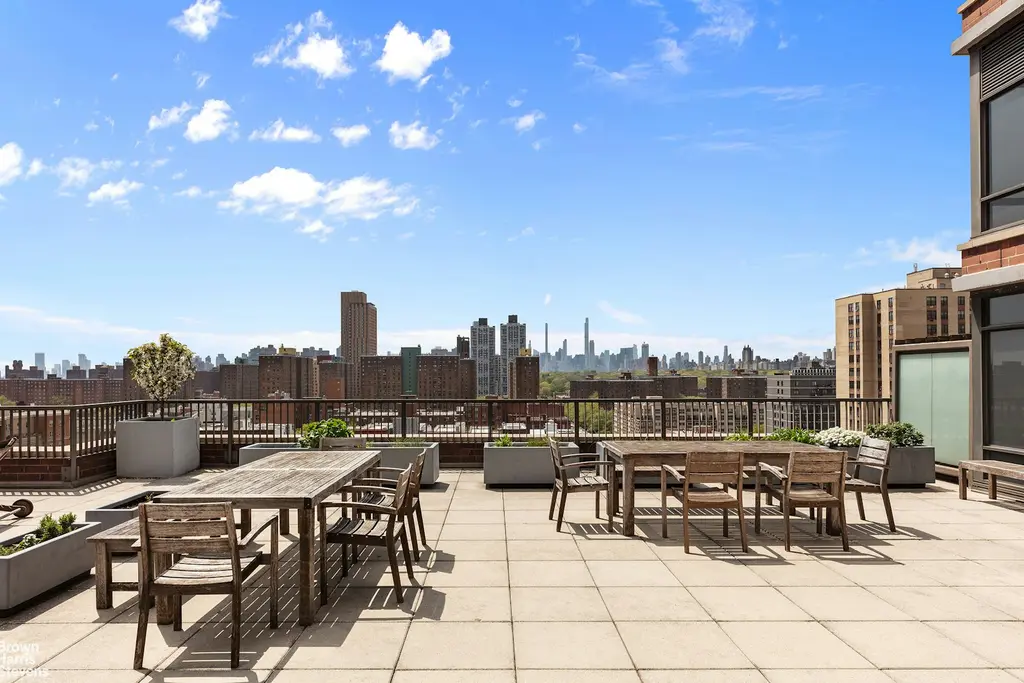
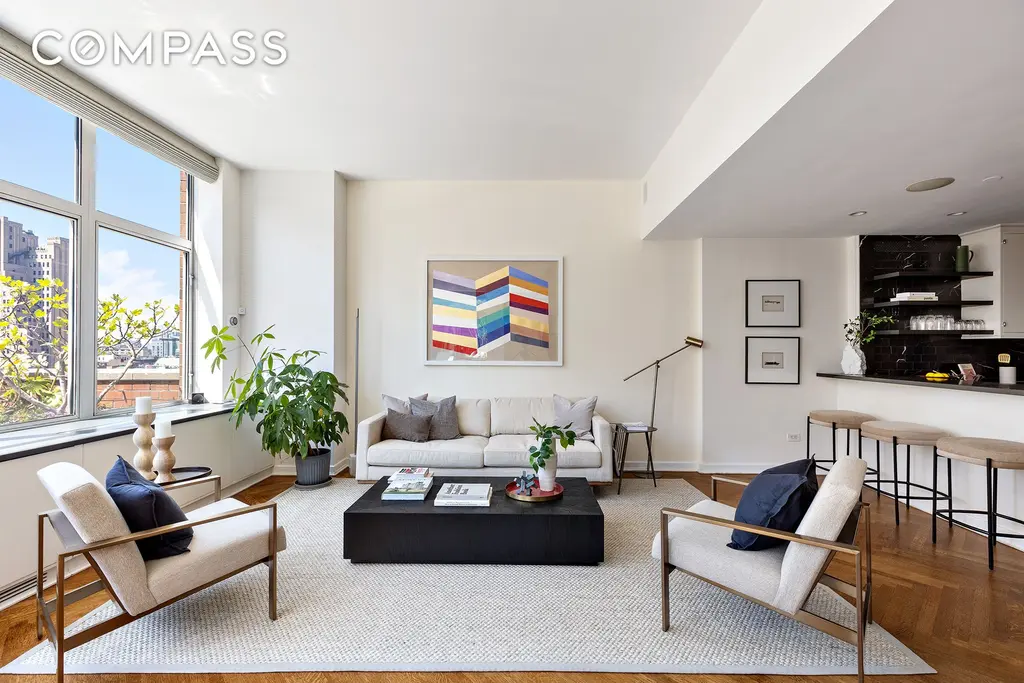
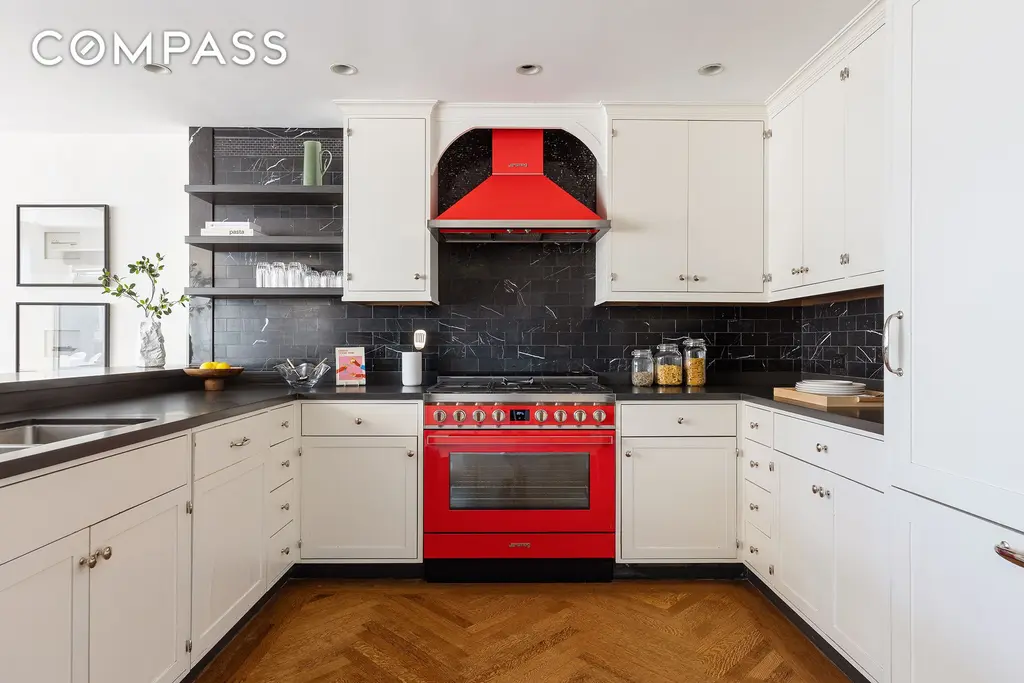
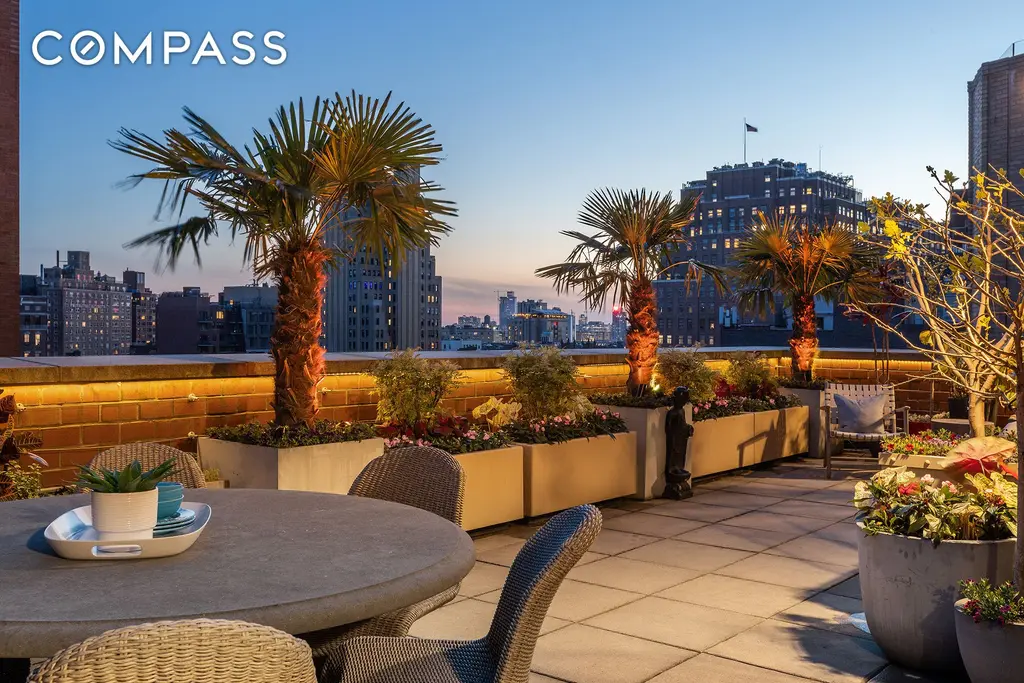
2010s Resale Condos
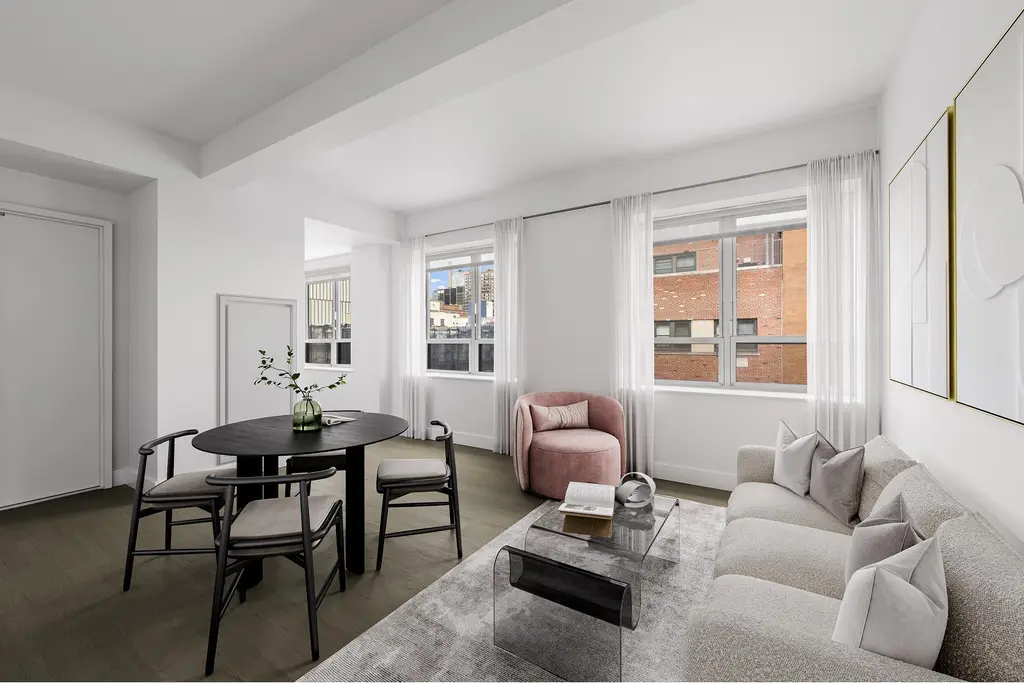
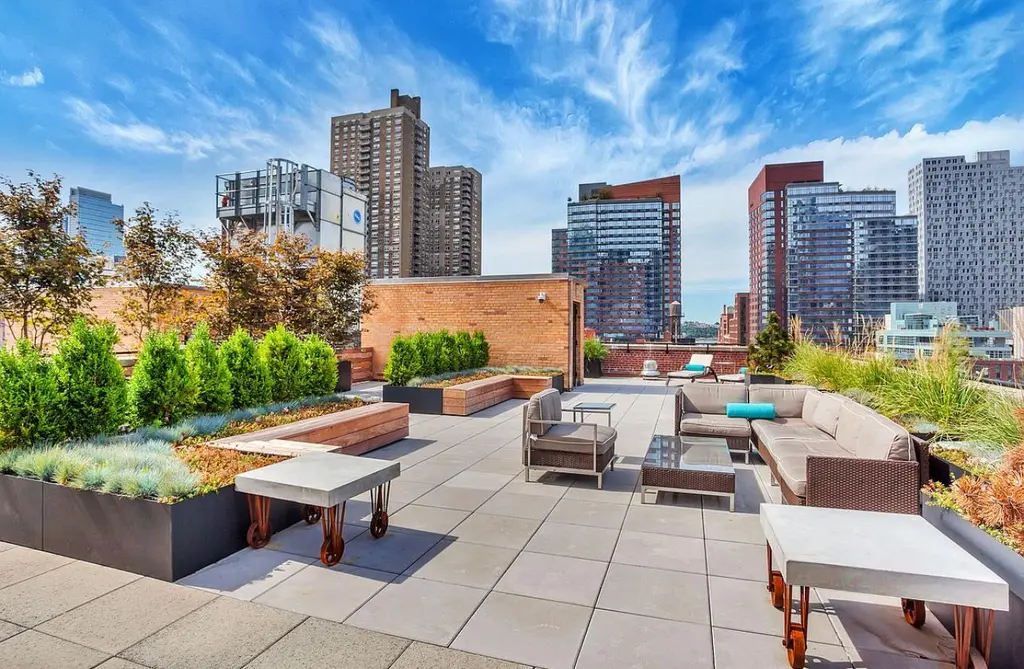
75 Wall Street, #21G
$899,000 (-4.9%)
Financial District | Condominium | 1 Bedroom, 1.5 Baths | 653 ft2
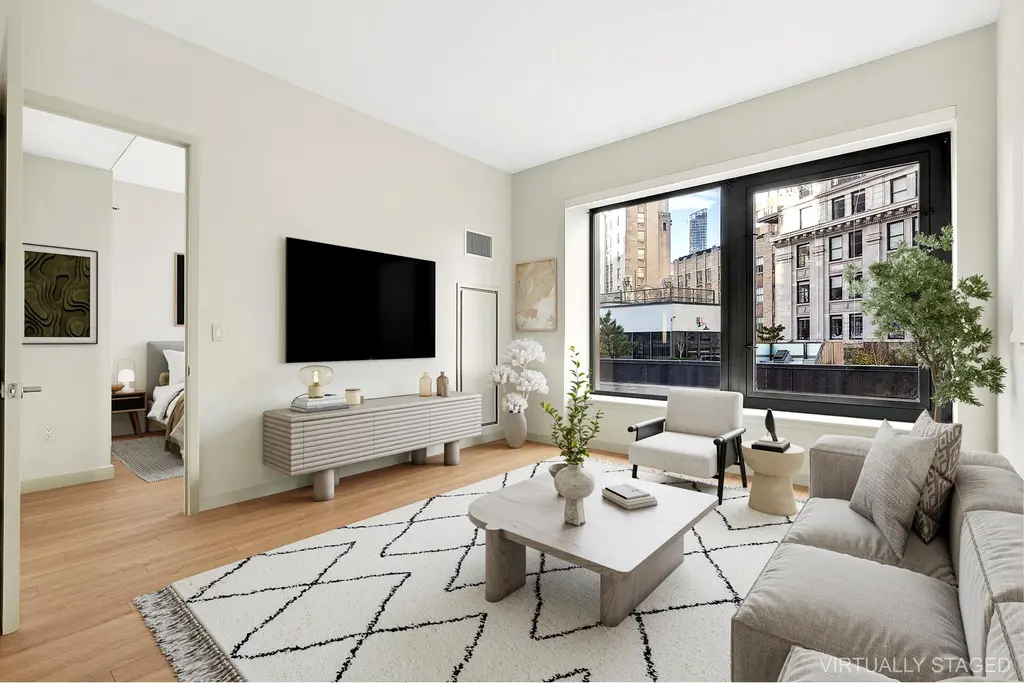
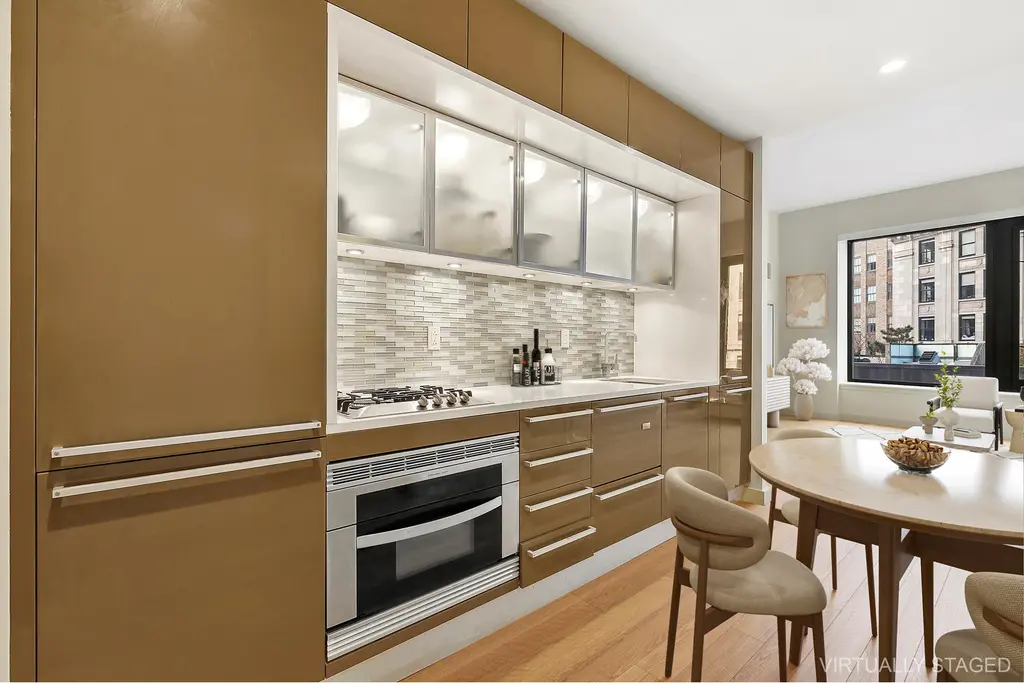
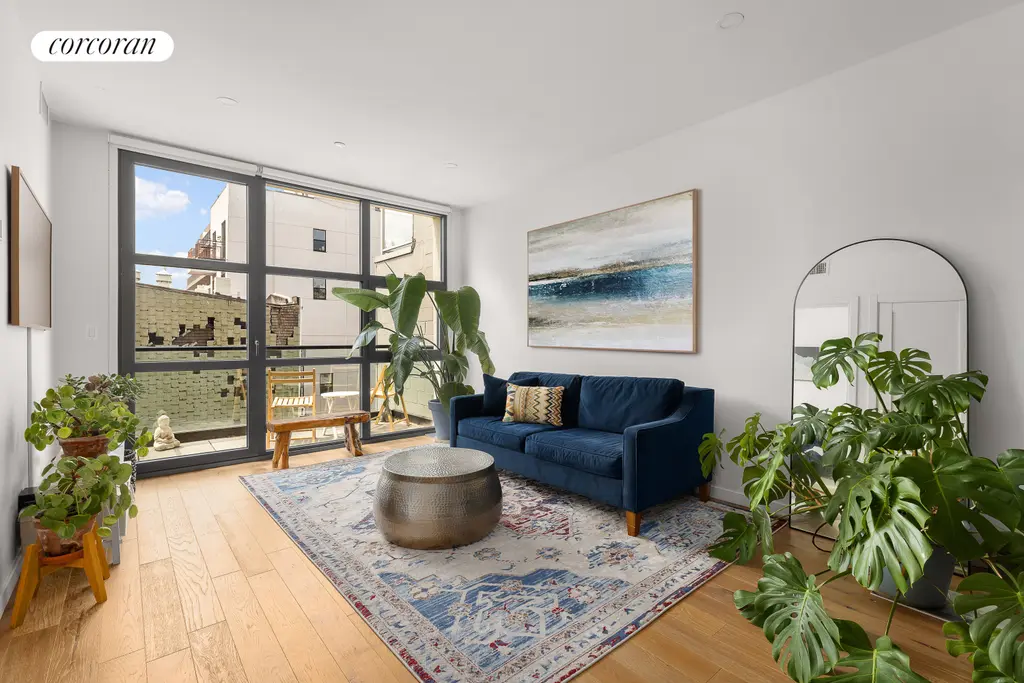
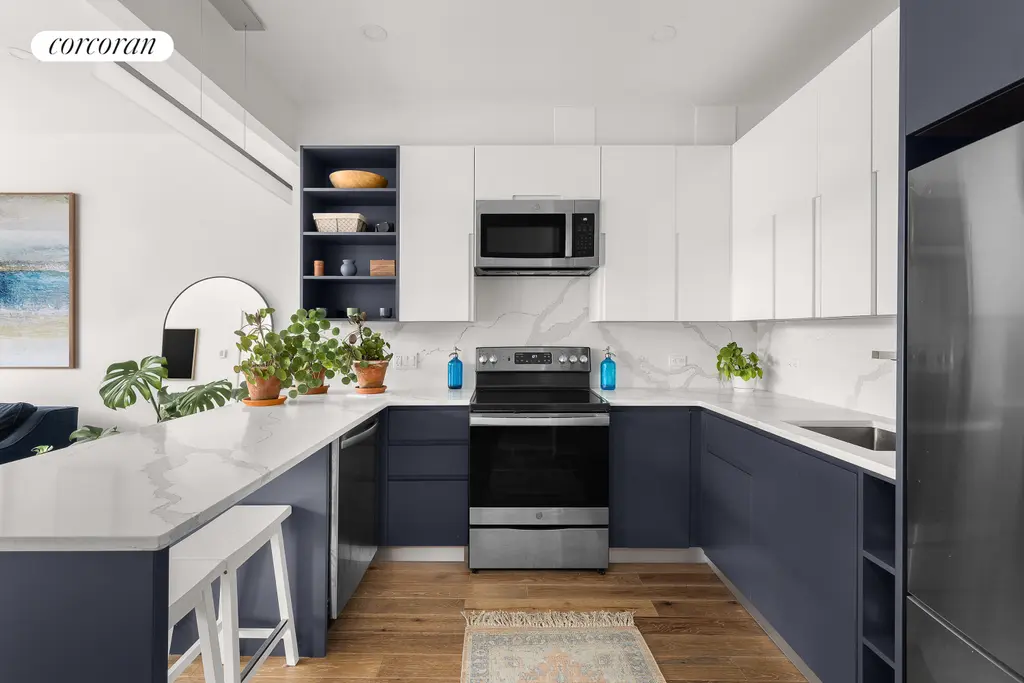
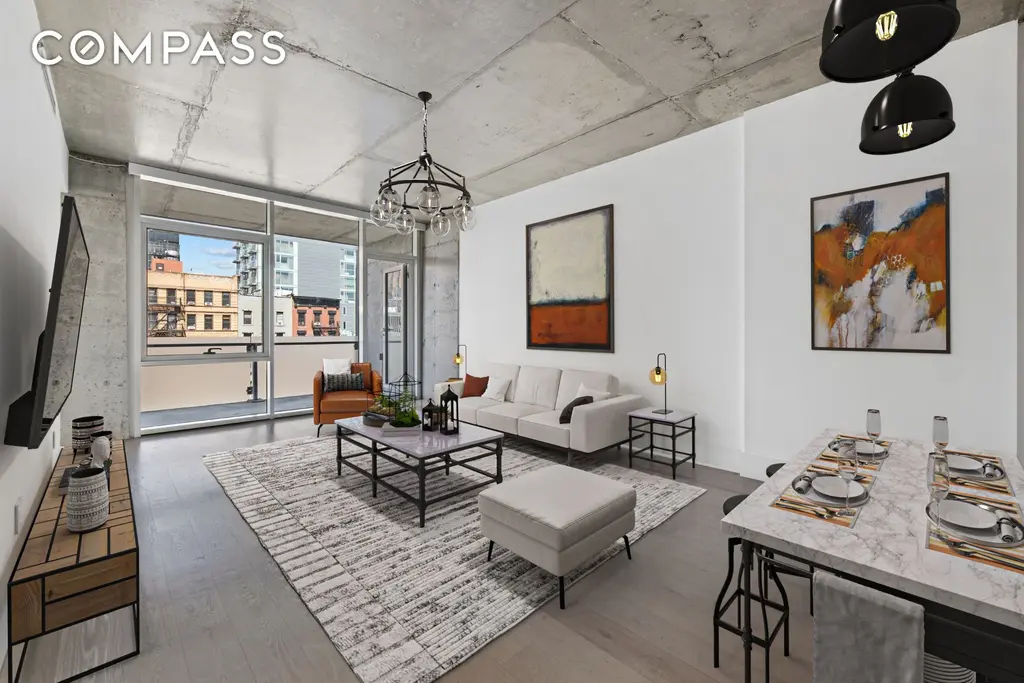
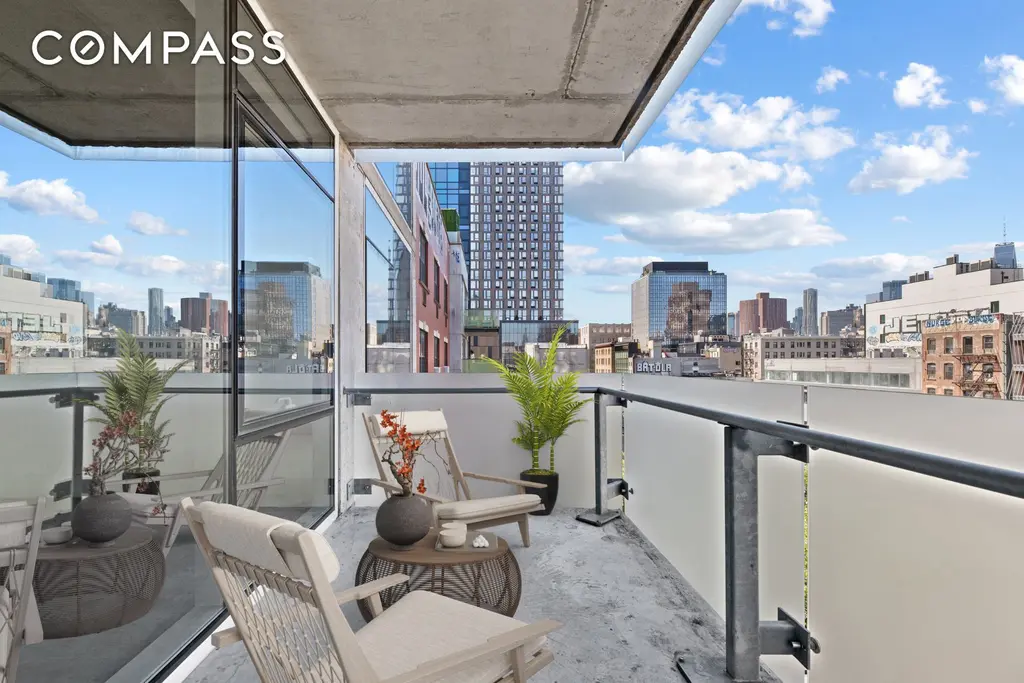
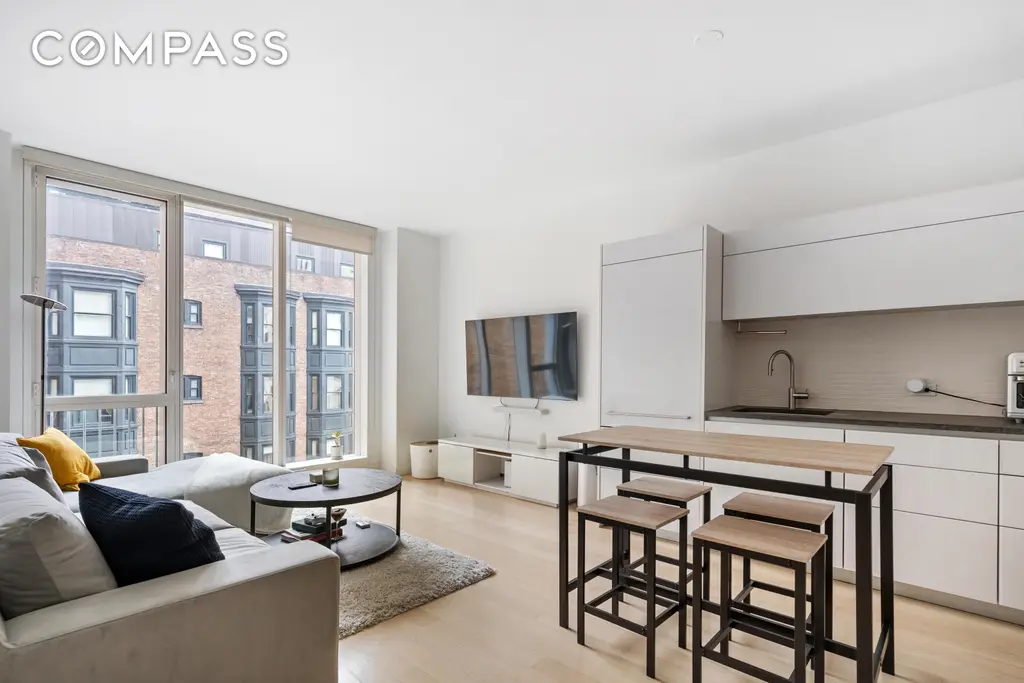
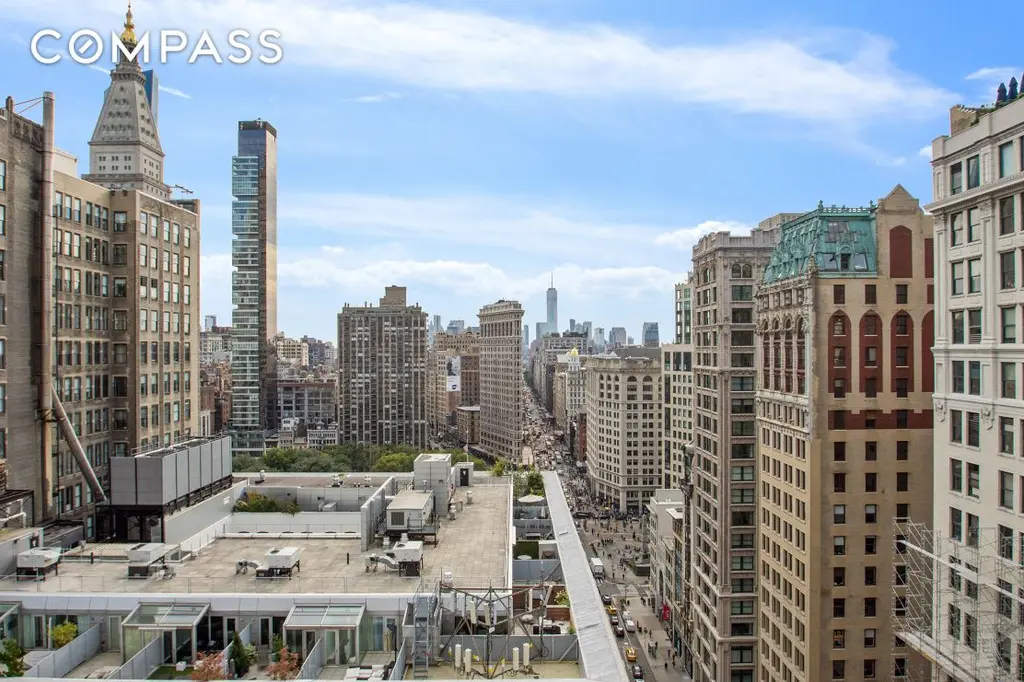
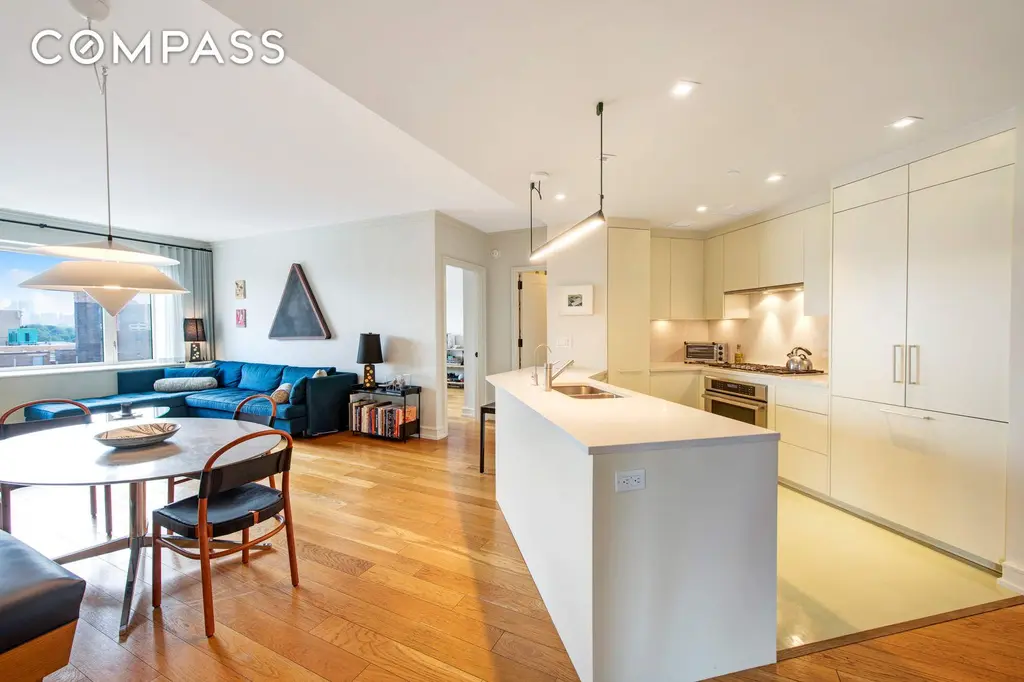
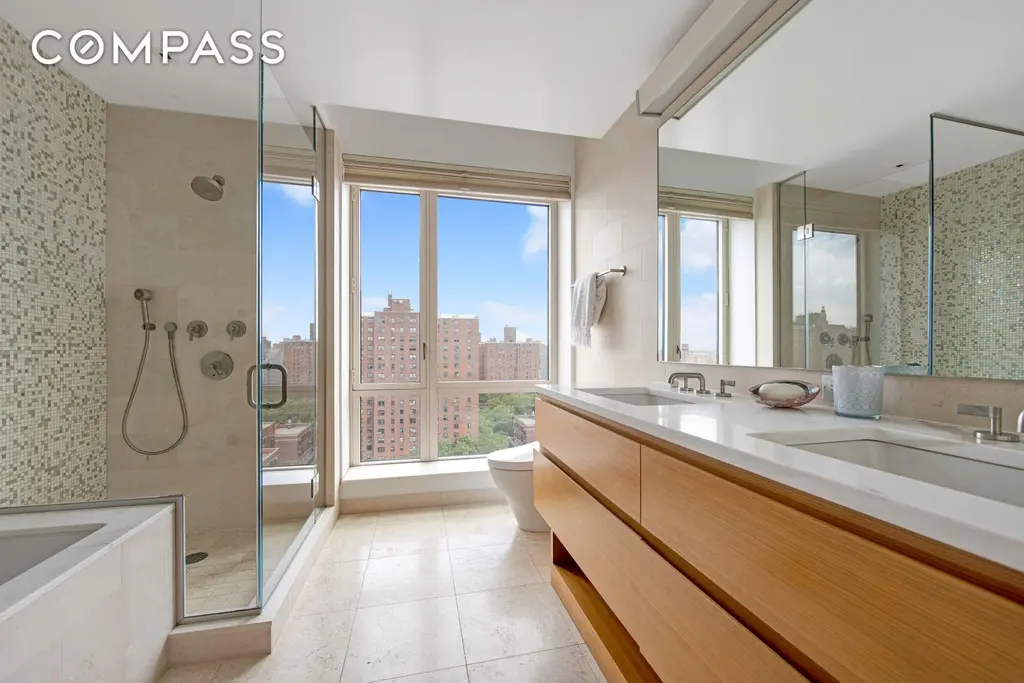
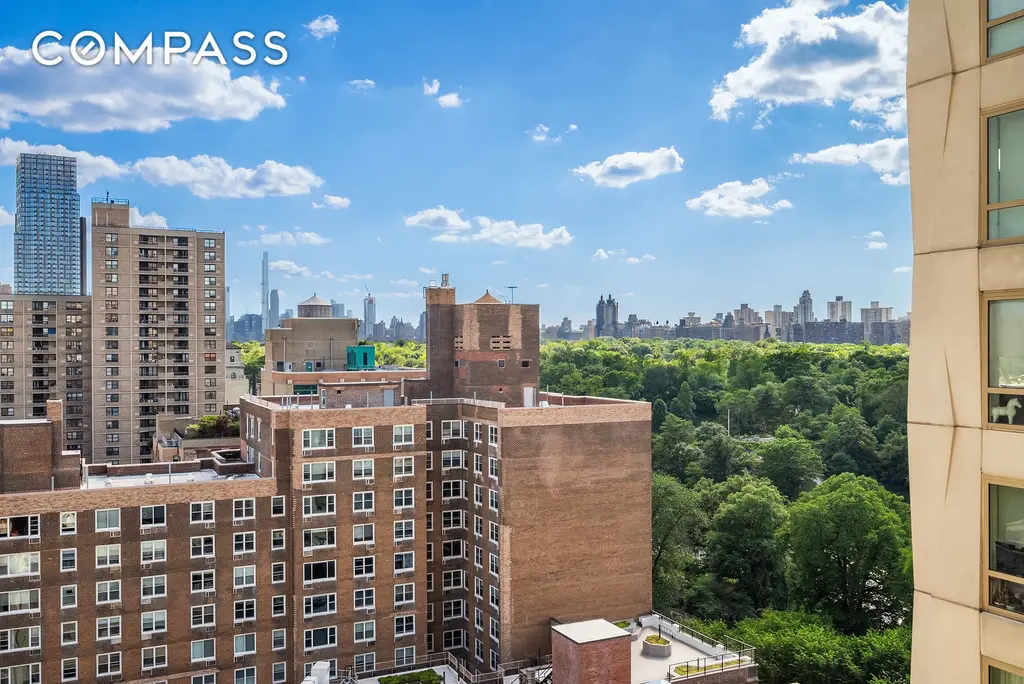
100 Eleventh Avenue, #5A
$3,149,000 (-6.7%)
Chelsea | Condominium | 3 Bedrooms, 3.5 Baths | 2,095 ft2
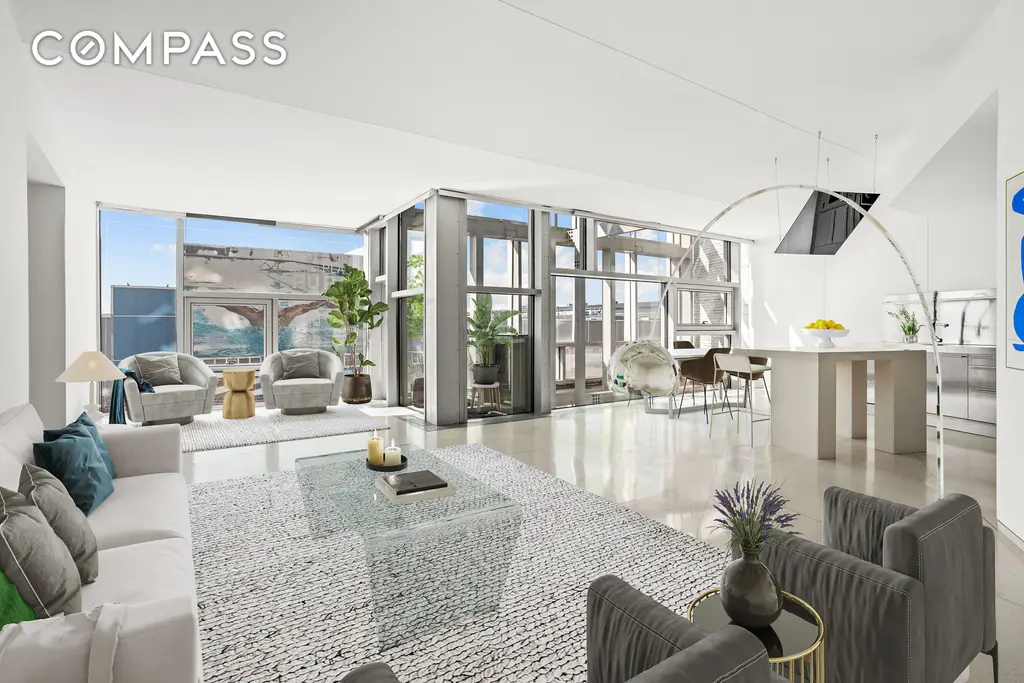
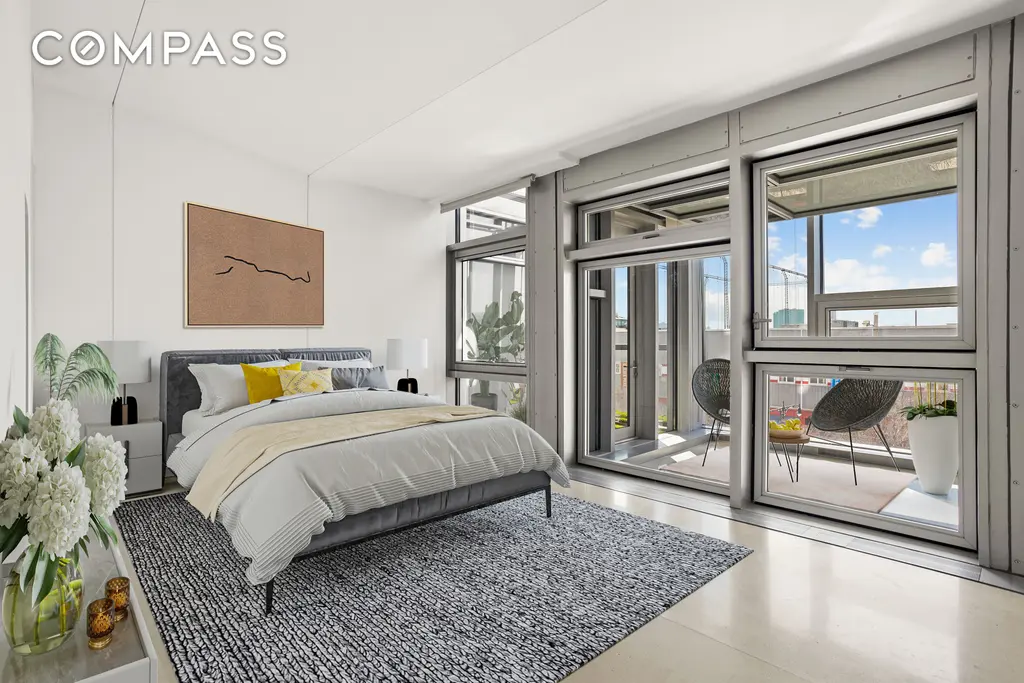
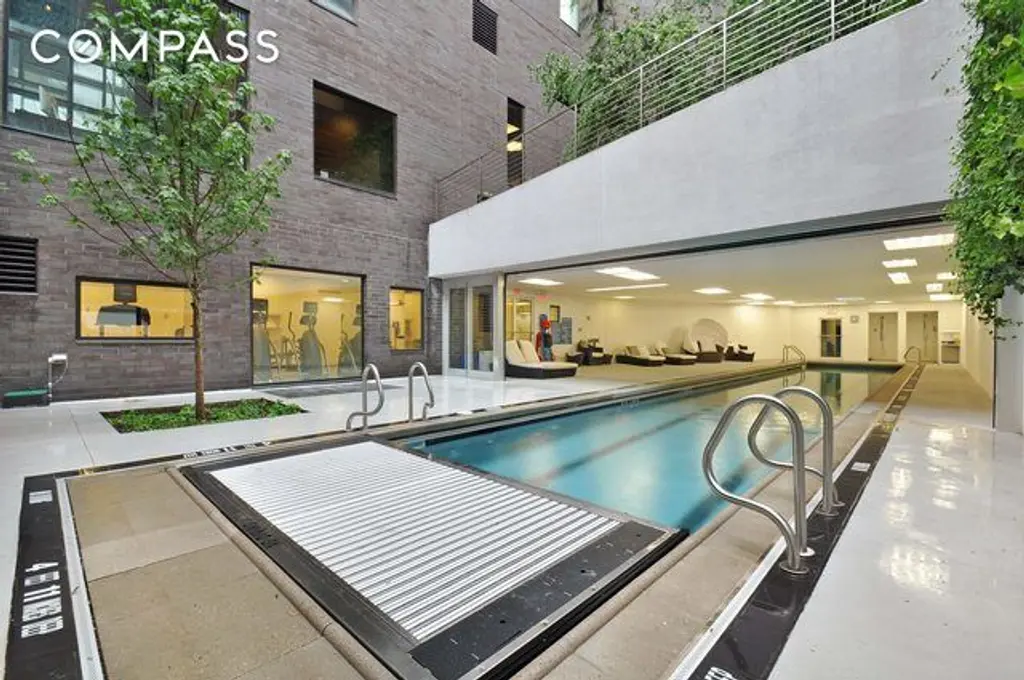
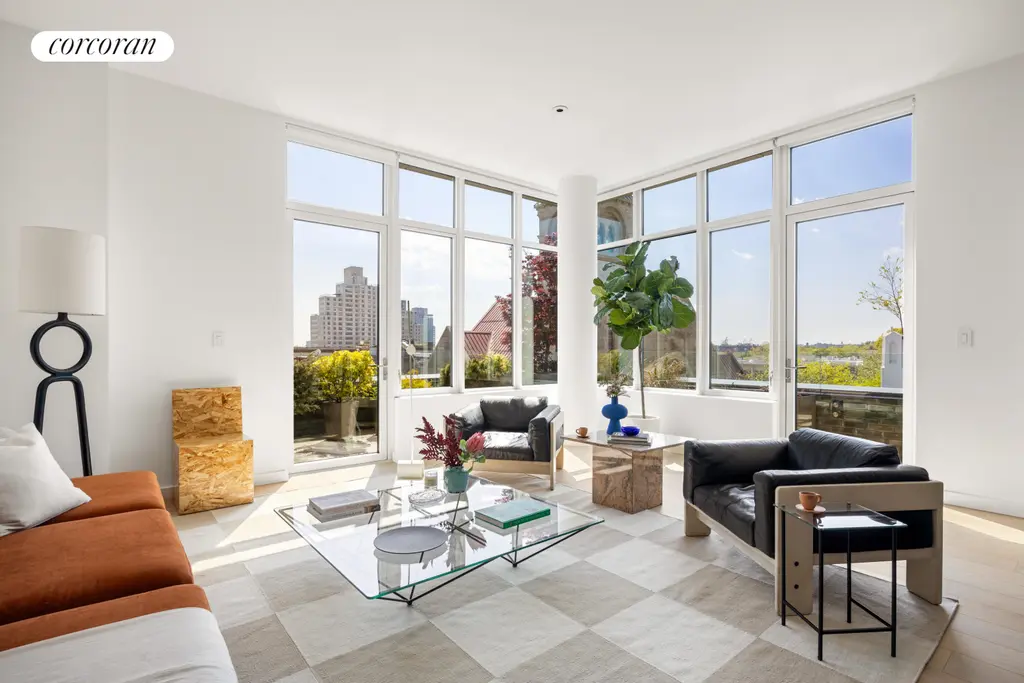
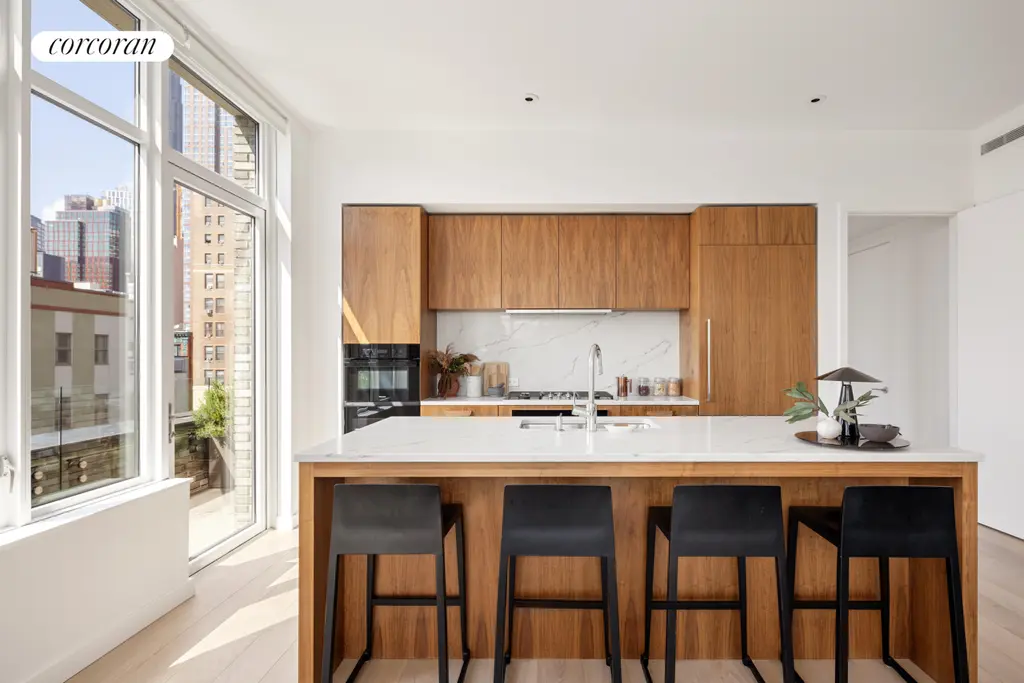
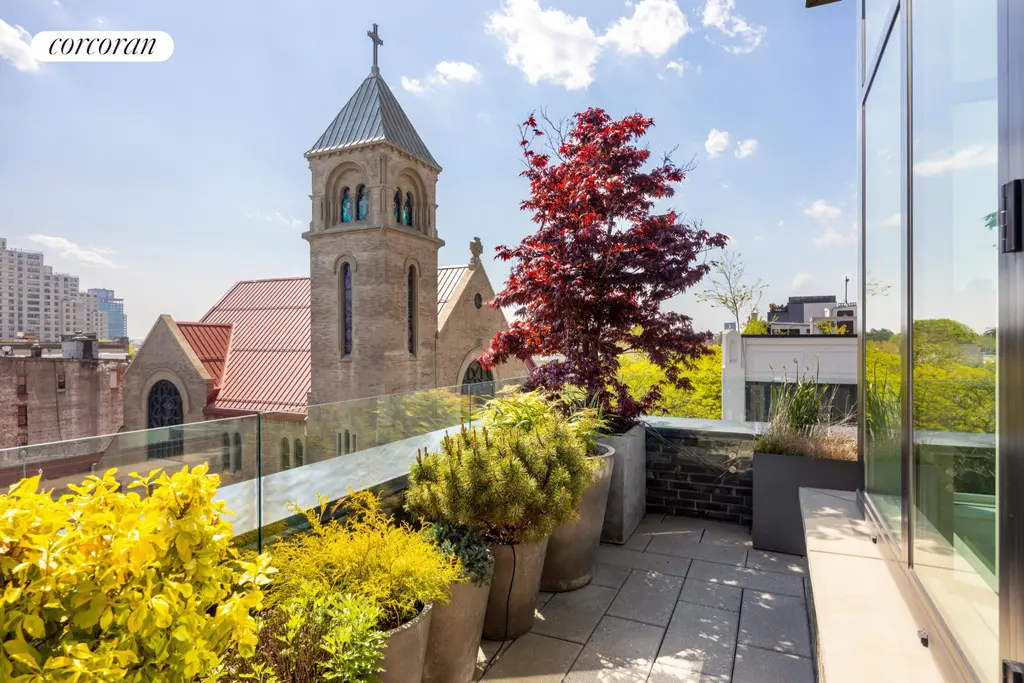
50 United Nations Plaza, #27A
$4,575,000 (-12.6%)
Turtle Bay/United Nations | Condominium | 3 Bedrooms, 3 Baths | 2,609 ft2
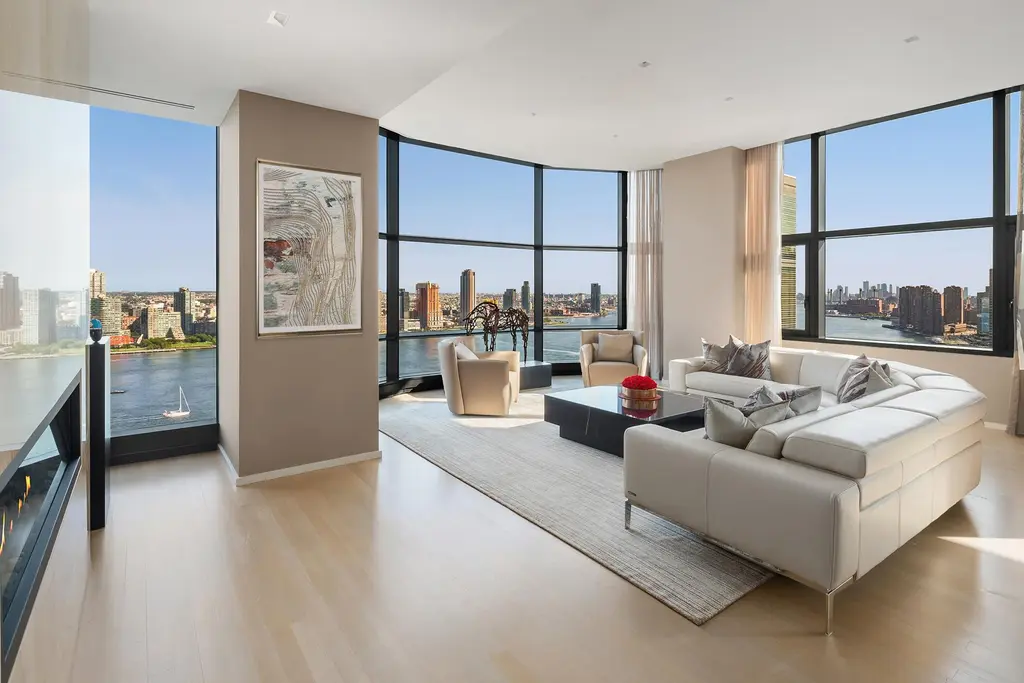
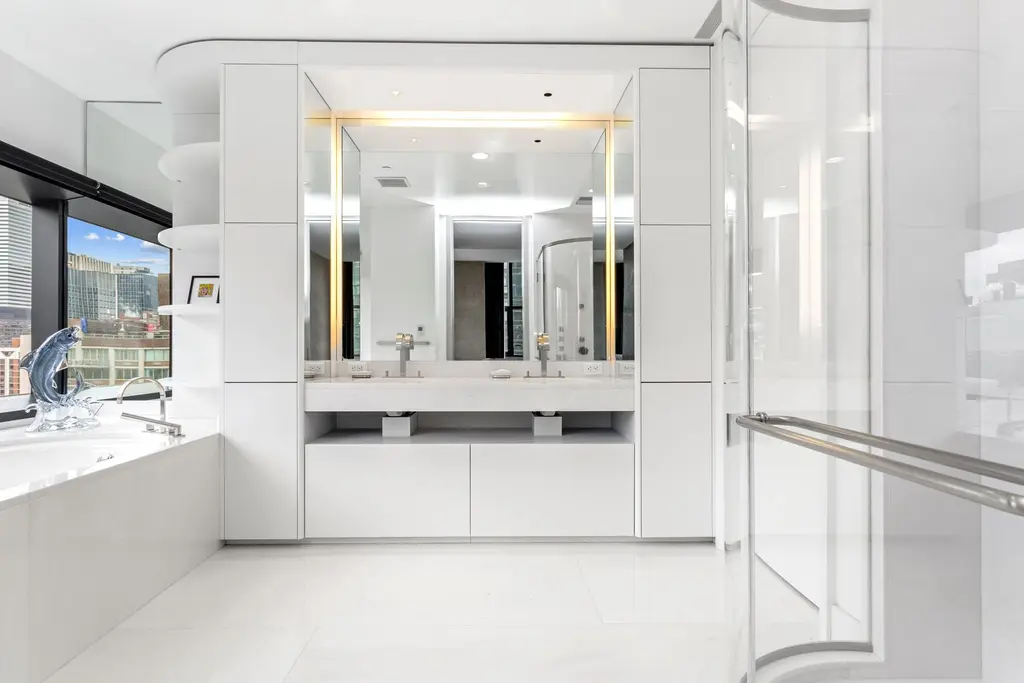
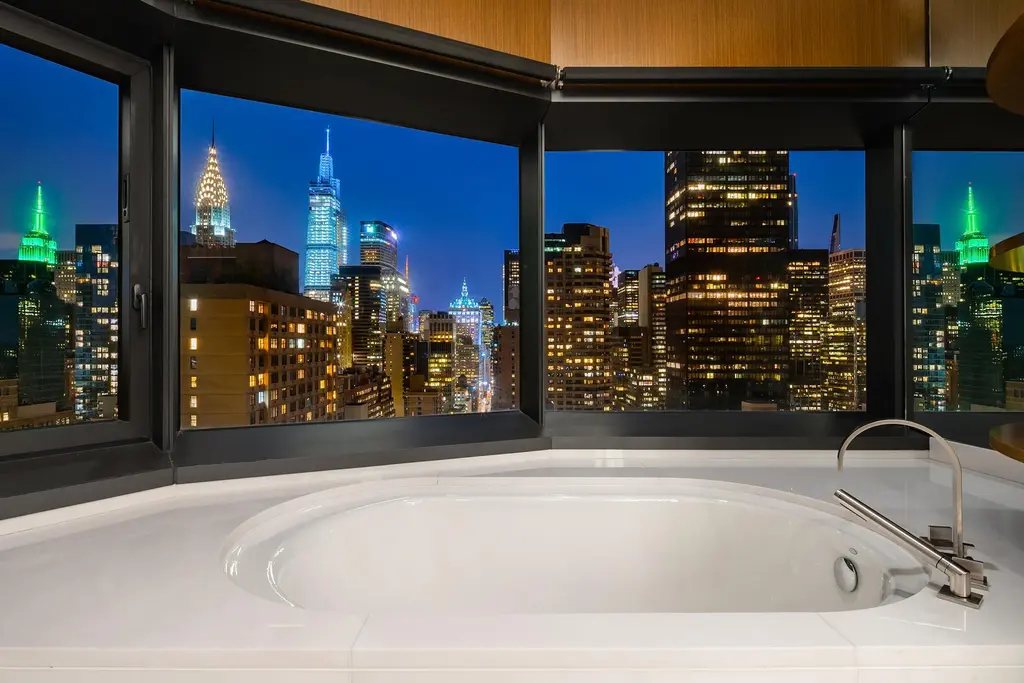
The pros and cons of buying in brand new buildings
While many buildings constructed between 1990 and the early 2000s may have been near cousins of their post-war counterparts, by 2010, residential architecture and building services and amenities were beginning to shift. Indeed, the city’s most recent building boom that has resulted in thousands of new units—primarily structured as condos—appear to represent an entirely new era of residential living. Above all else, New York City’s newest buildings are marked by three key differentiators.
First, many of the city’s newest buildings offer much more than older full-service buildings. In addition to full-time door staff, many offer services that share more in common with luxury hotels, including weekly cleaning and laundry services. The amenities in many new buildings are also hard to match. Infinity pools, bowling alleys, sound-proof music studios, video arcades, and yoga studios are just some of the many features now trending in the city’s burgeoning condo market. And if you have children and pets, you also won’t be disappointed with amenities specifically targeting children and four-legged friends.
In addition to the growing list of services and amenities found in the city’s newest buildings, there are at least two other benefits to buying in a brand new building. While many of the condos now coming on the market are smaller than units built in past decades, they tend to be far more space-efficient. New buildings typically feature sleek, space-saving kitchen and bathroom designs and additional built-in storage spaces. Finally, the city’s newest buildings are also most likely be to more energy efficient and sometimes LEED-certified, meaning they meet a wide range of criteria that includes location (e.g., the building’s proximity to public transportation), sustainability, water and energy efficiency, and a host of other factors.
The cons of buying in a new building have less to do with what the building has to offer in the present and more to do with what the building may become over time. After all, determining how they will age over time can be difficult. It can also be challenging to predict in advance whether the building’s culture will be a good match for you and your family. Finally, if you’re buying in a new building in a gentrifying neighborhood, it may be especially difficult to predict whether or not you will yield a strong return on your investment over time.
New Development Sponsor Listings

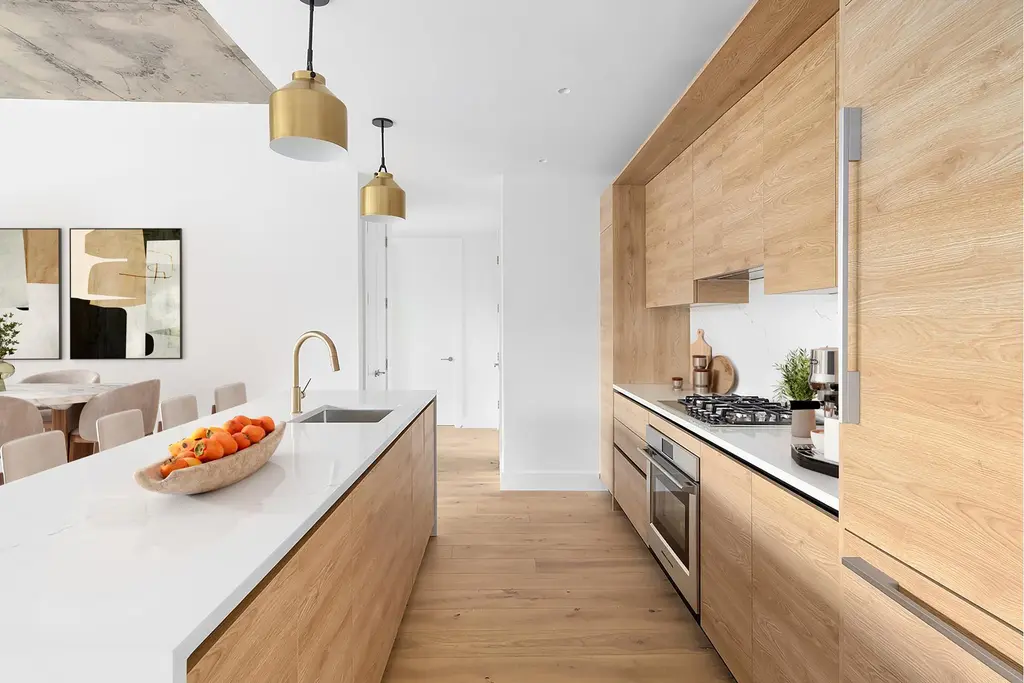
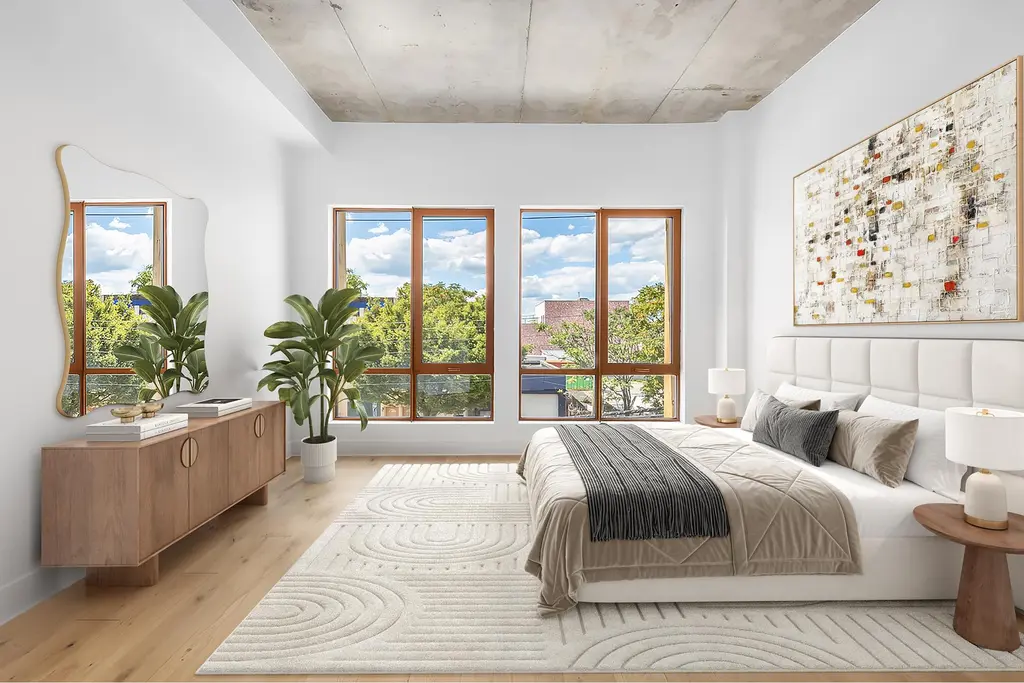
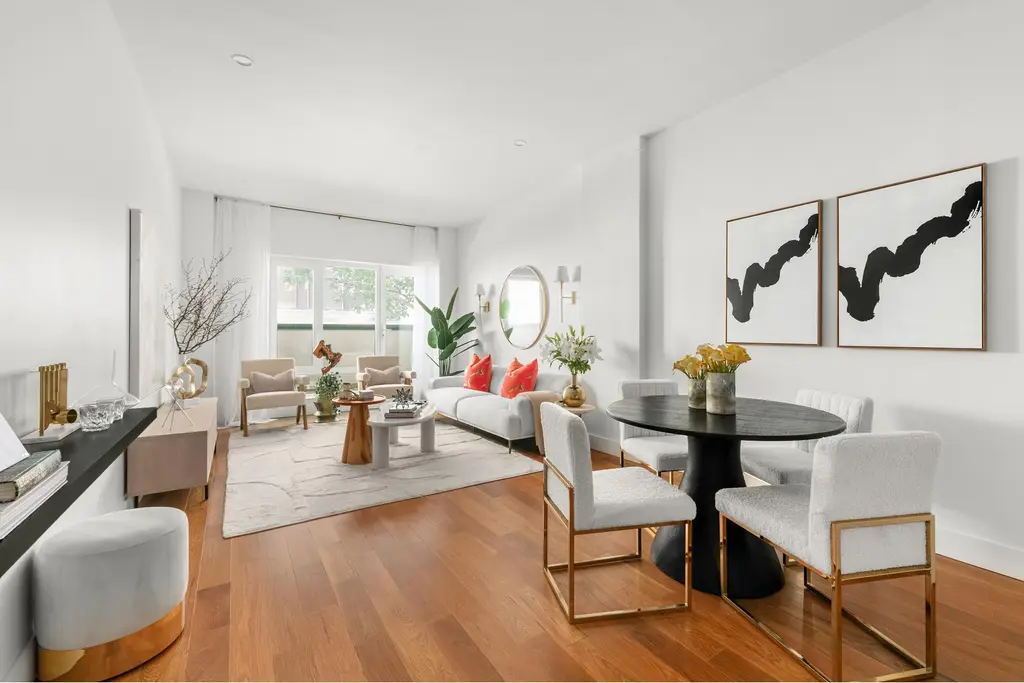
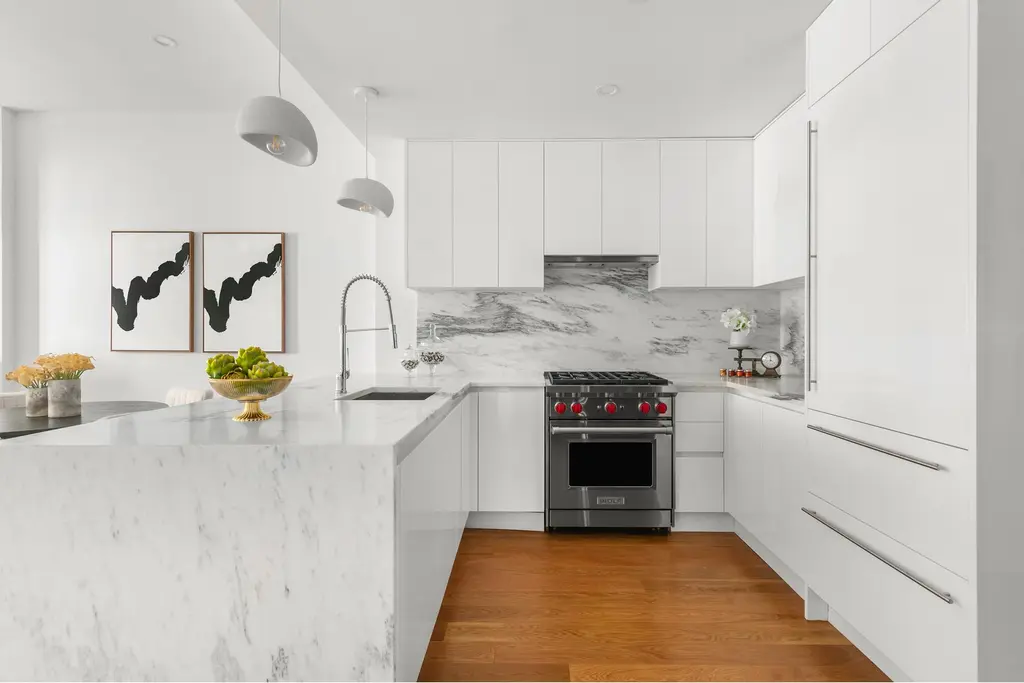
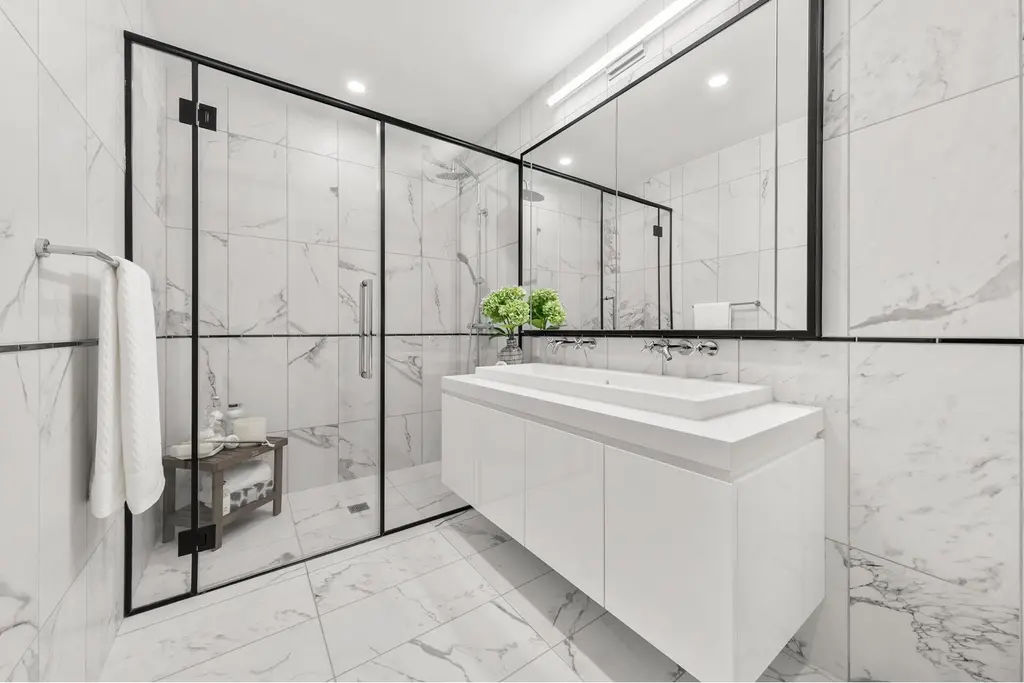
100 Franklin Street, #PHSOUTH
$4,995,000 (-16.7%)
Tribeca | Condominium | 3 Bedrooms, 3.5 Baths | 2,854 ft2
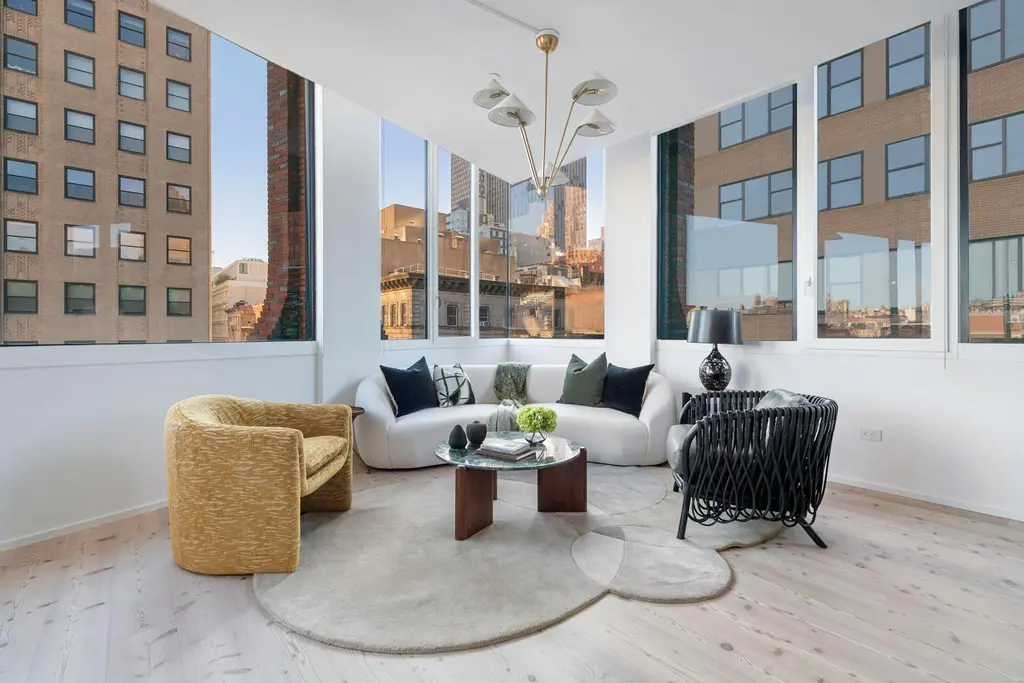
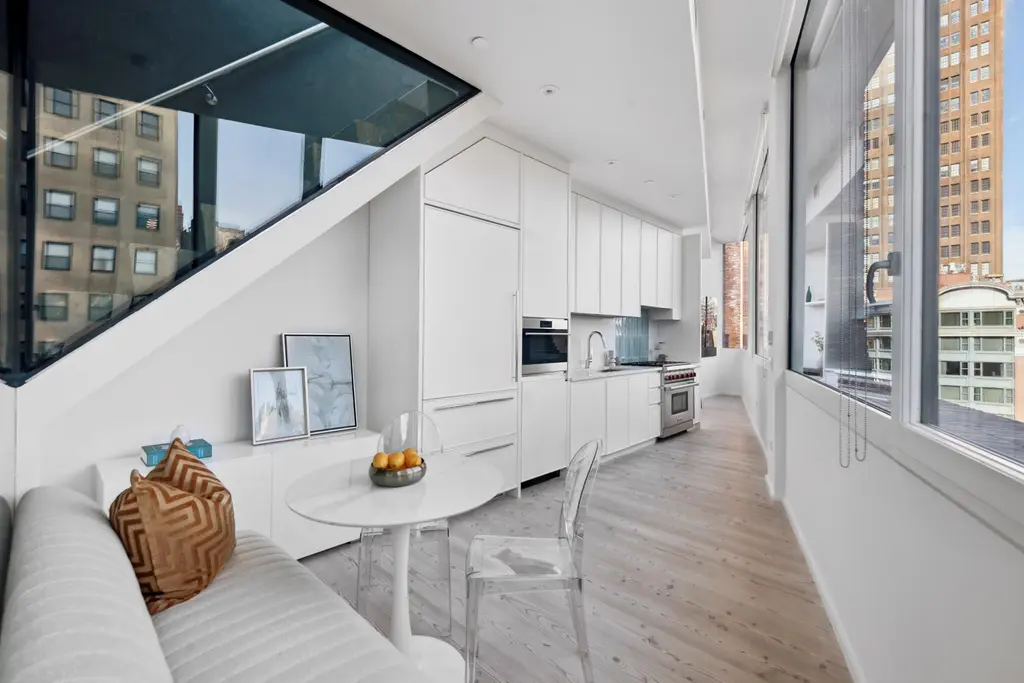
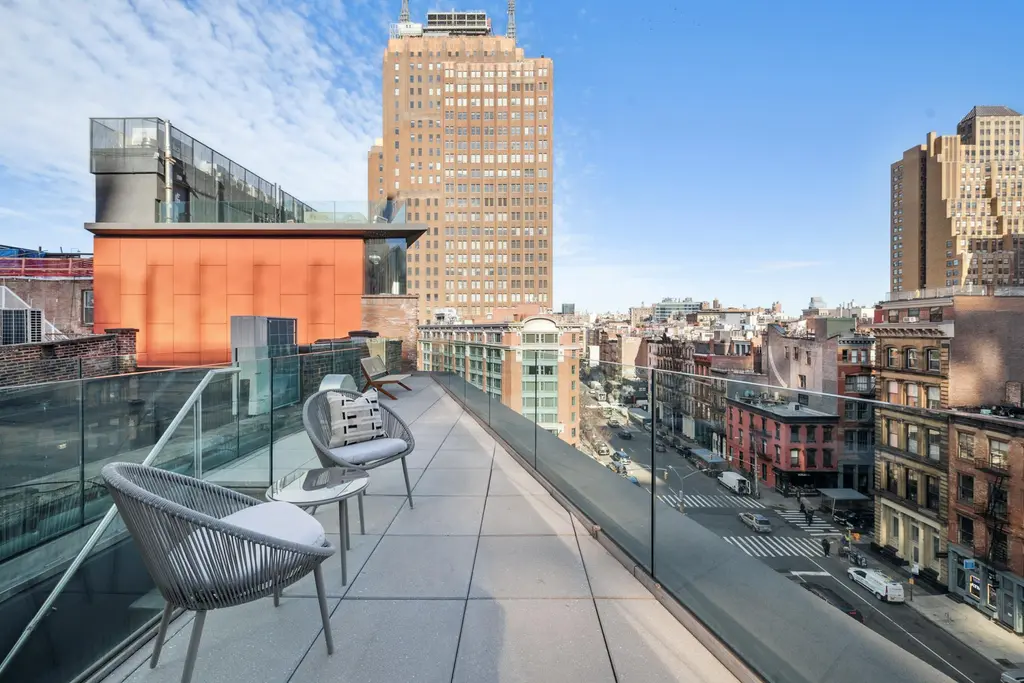
196 Orchard Street, #8J
$4,495,000 (-5.4%)
Lower East Side | Condominium | 3 Bedrooms, 3.5 Baths | 2,184 ft2
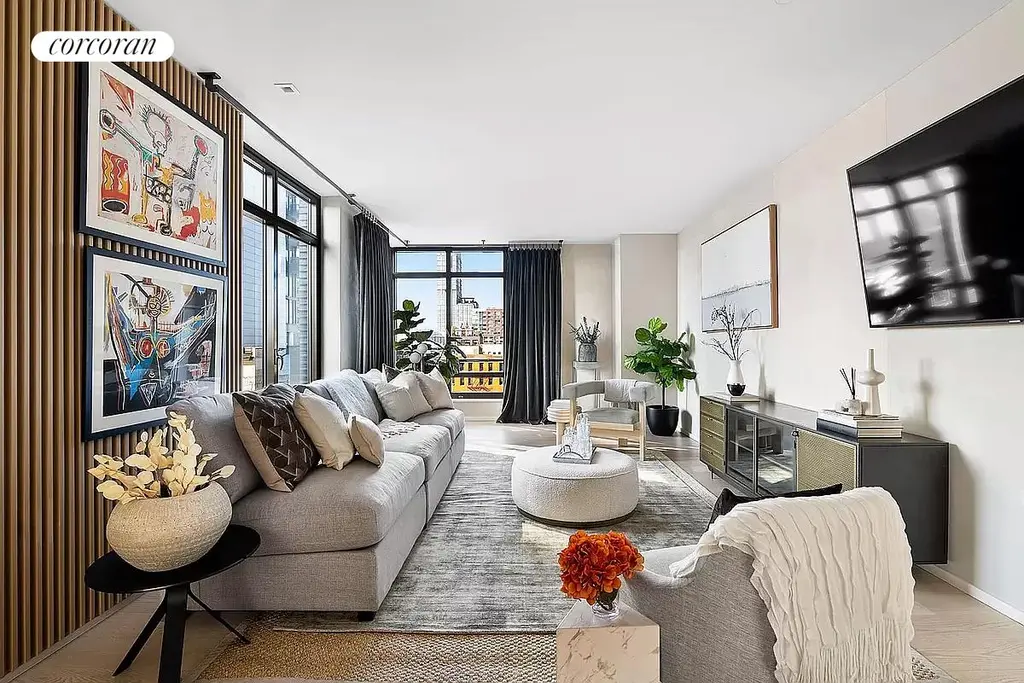
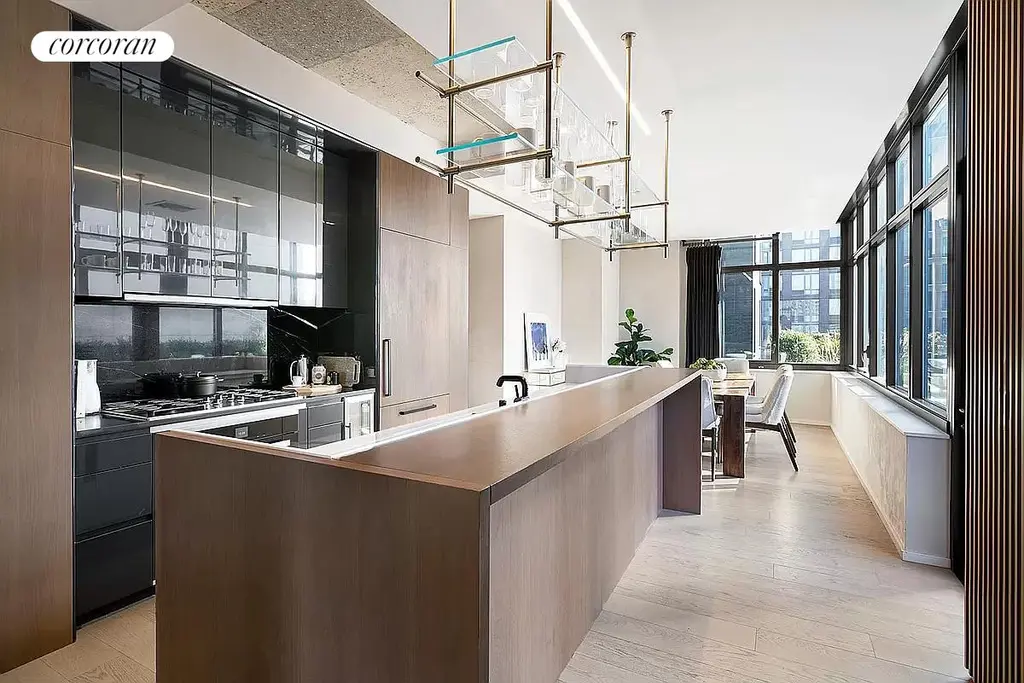
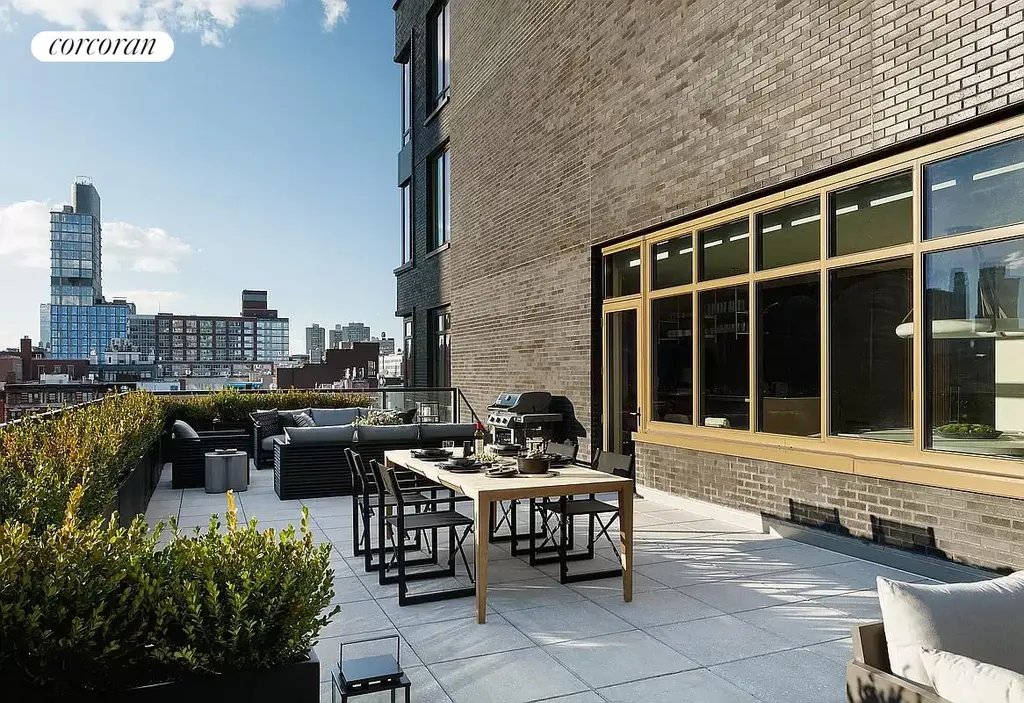
Bonus: New and Recent Development Conversions
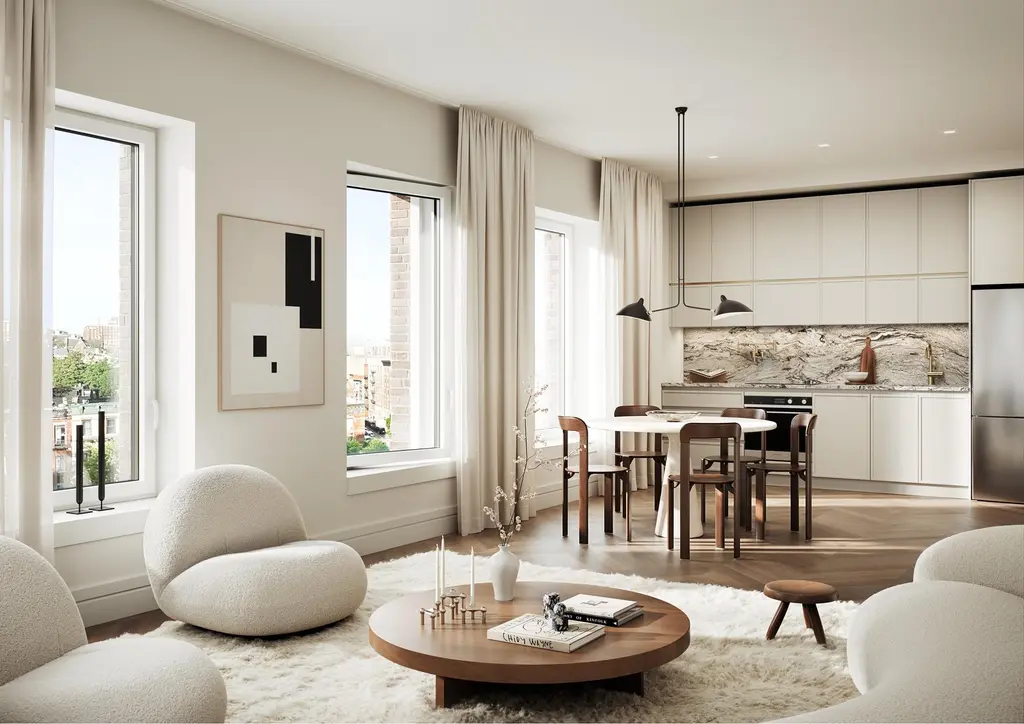
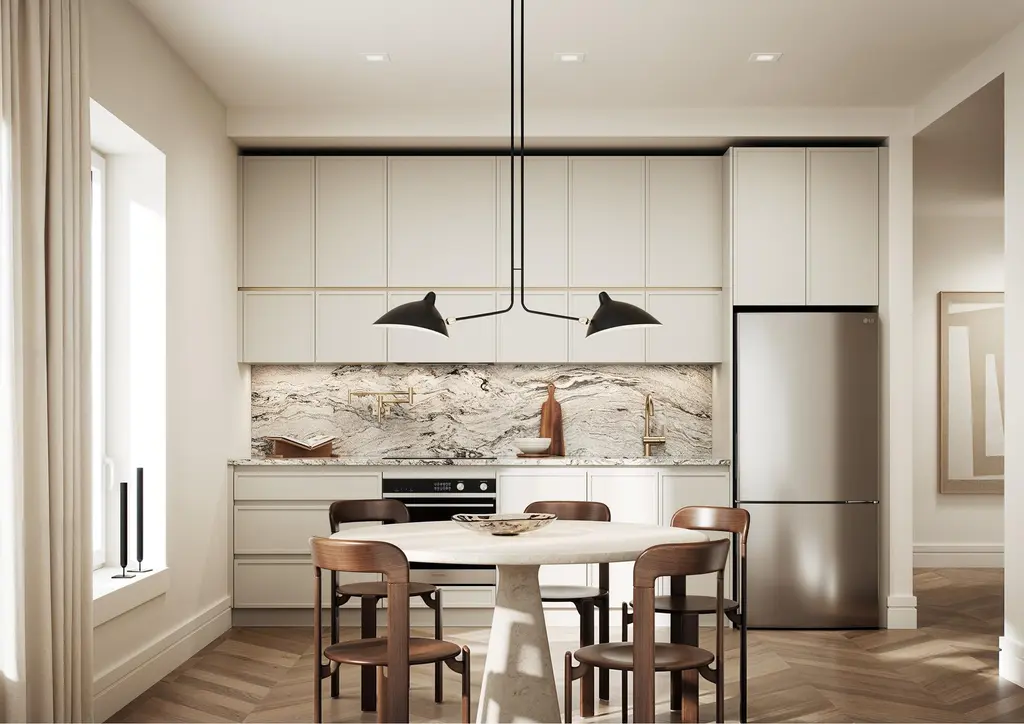

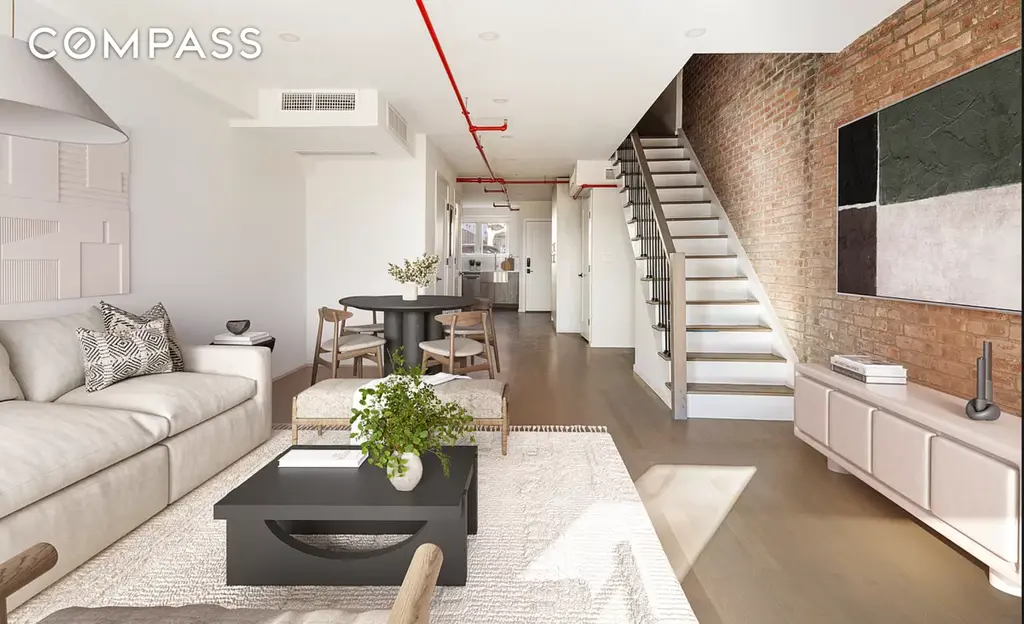
The Collection, #3204
$1,875,000 (-3.8%)
Financial District | Condominium | 2 Bedrooms, 2 Baths | 1,573 ft2
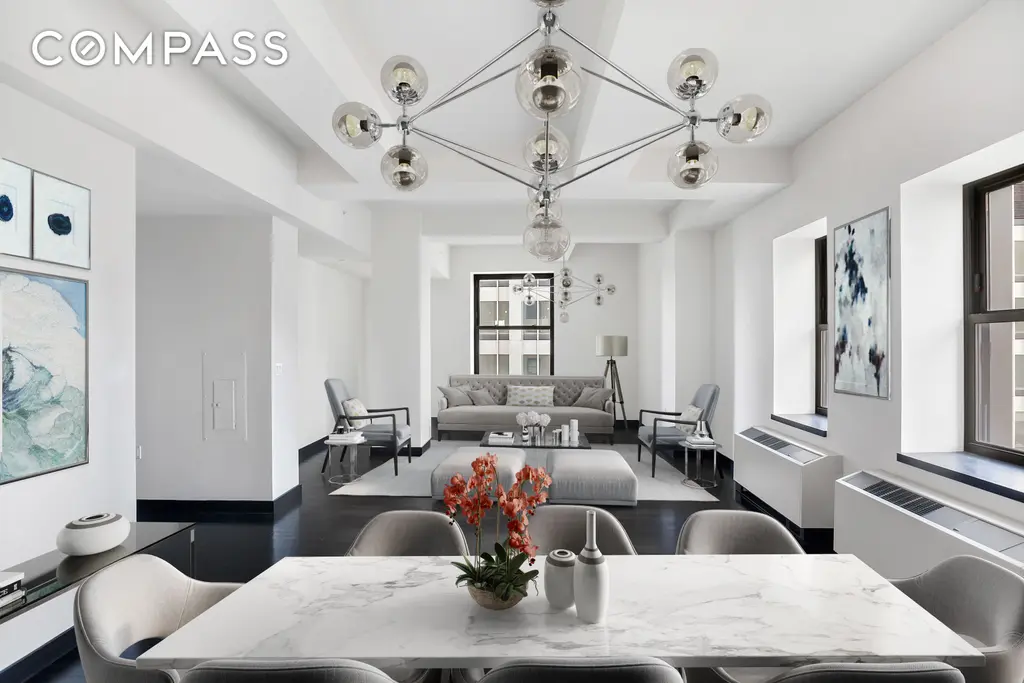
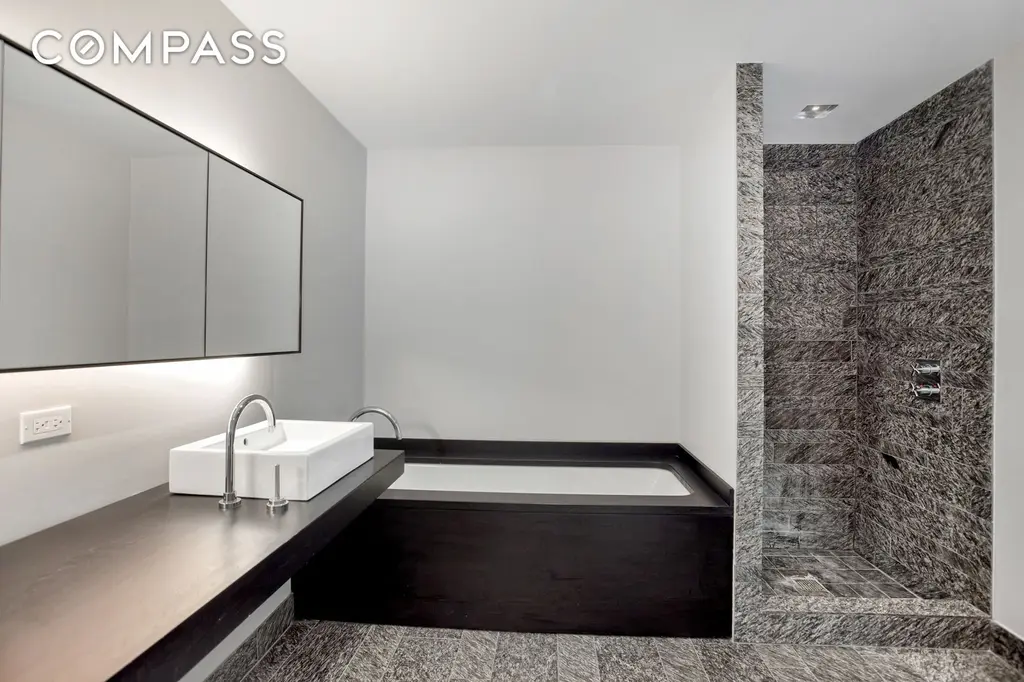
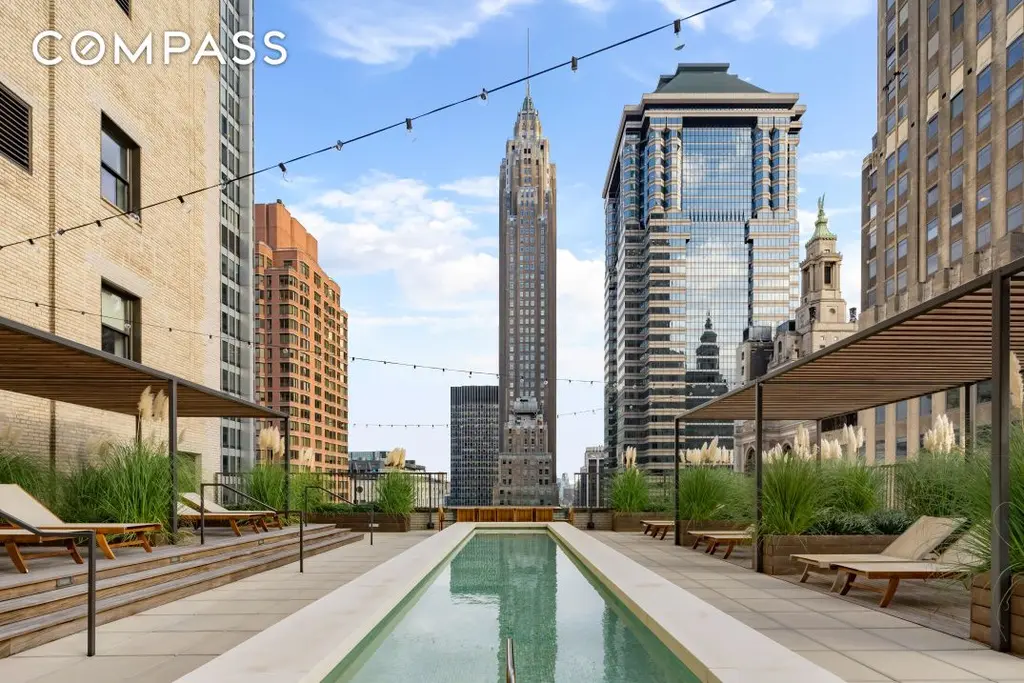
Forward Building, #6C
$2,700,000 (-1.8%)
Lower East Side | Condominium | 1 Bedroom, 2 Baths | 1,380 ft2
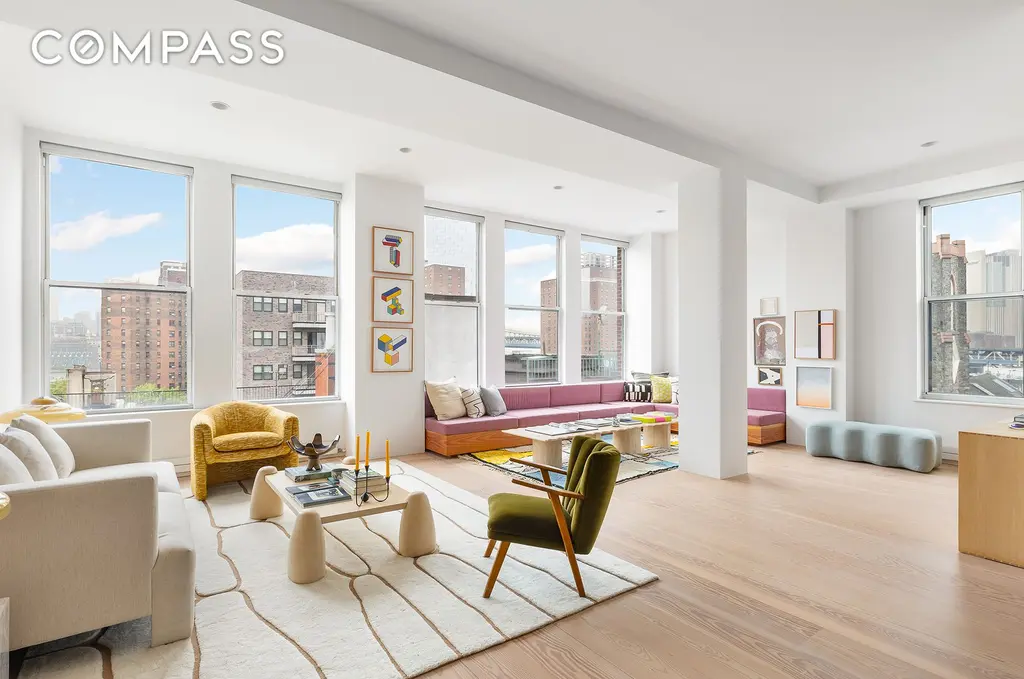
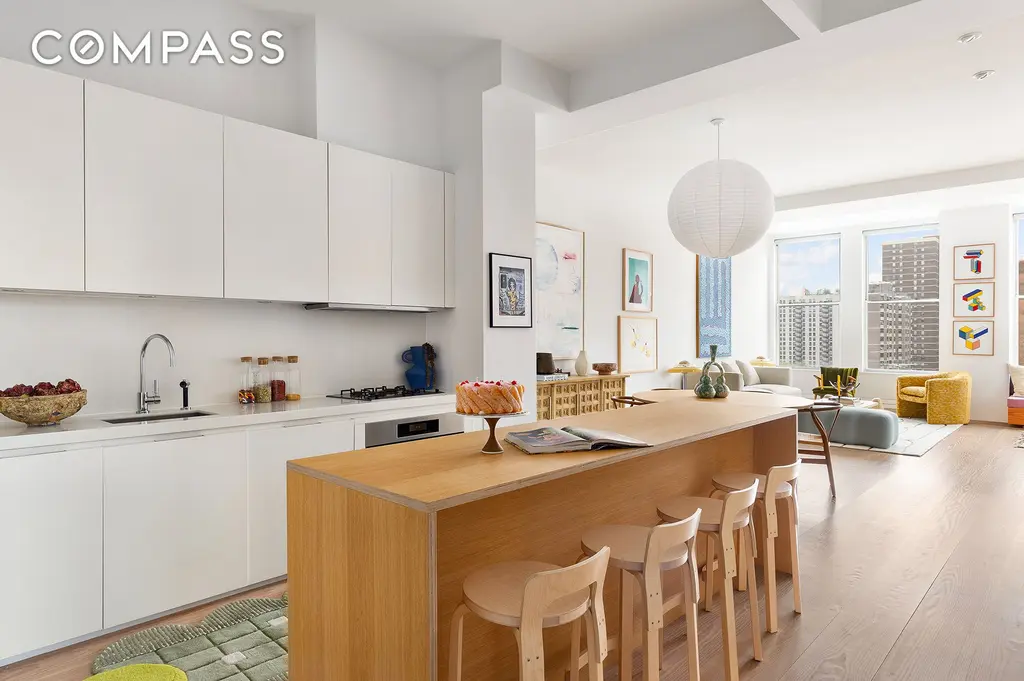
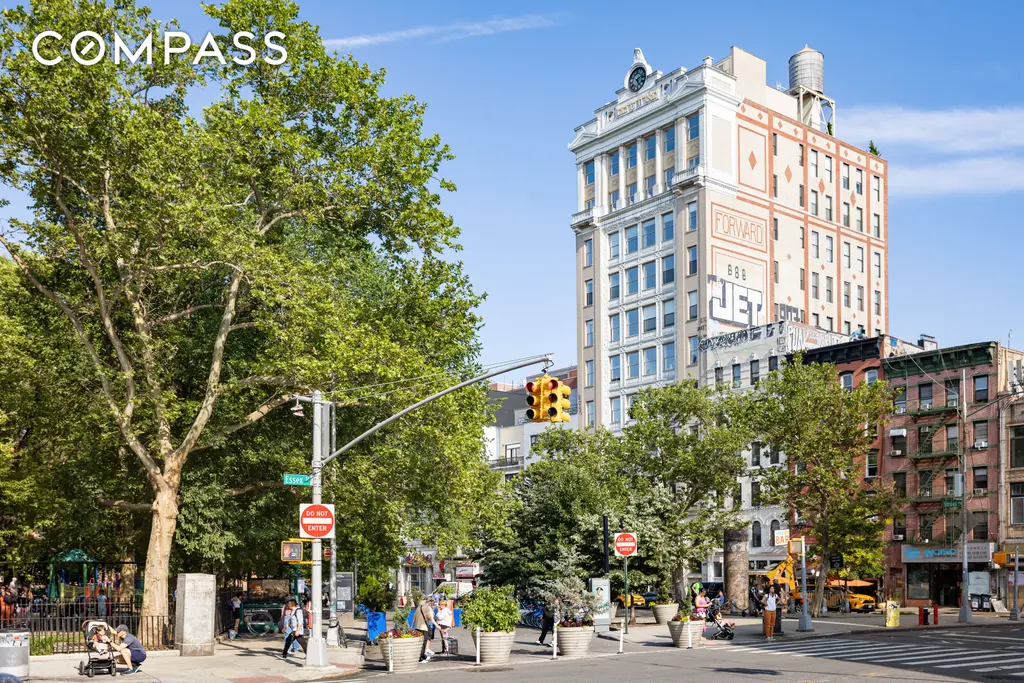
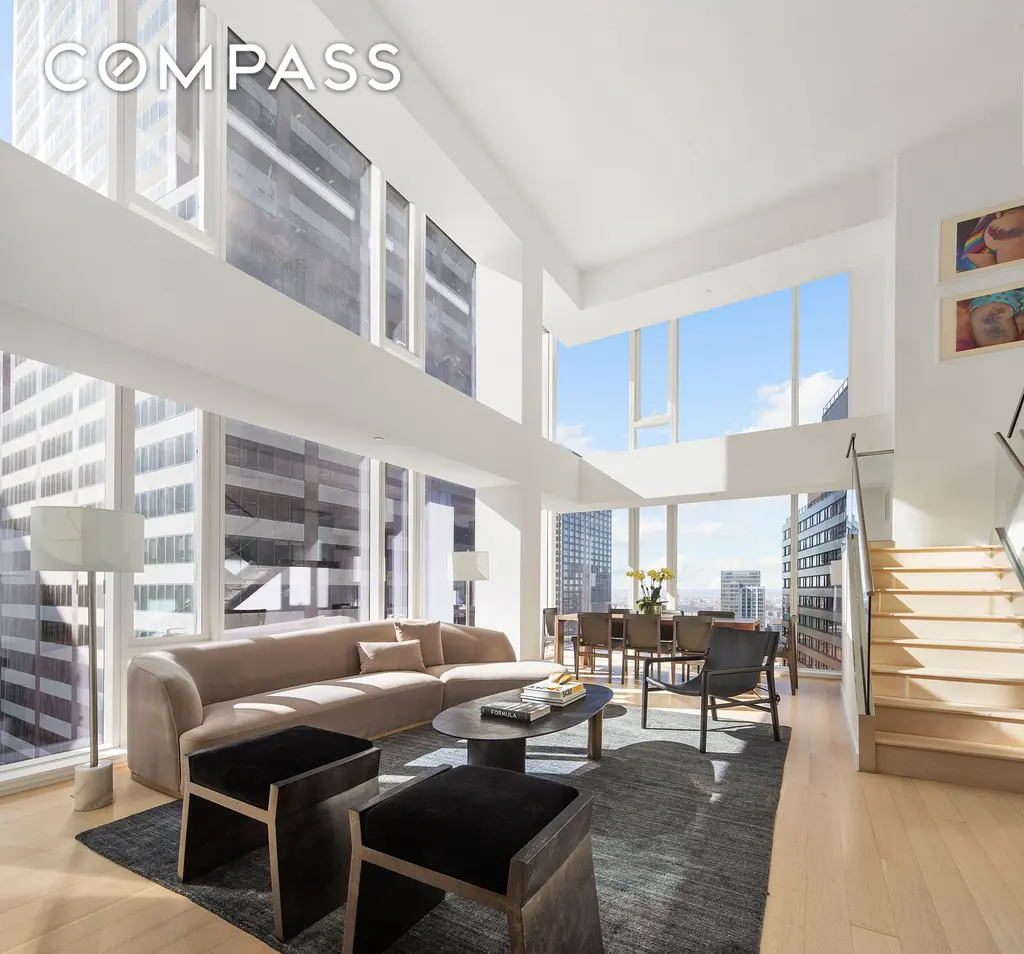
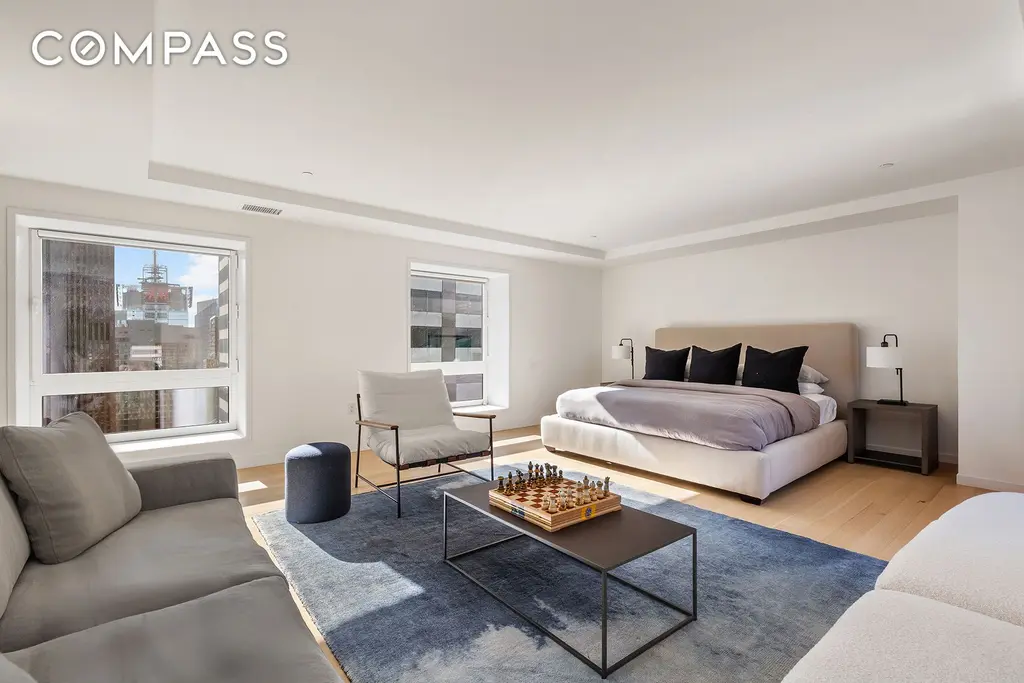
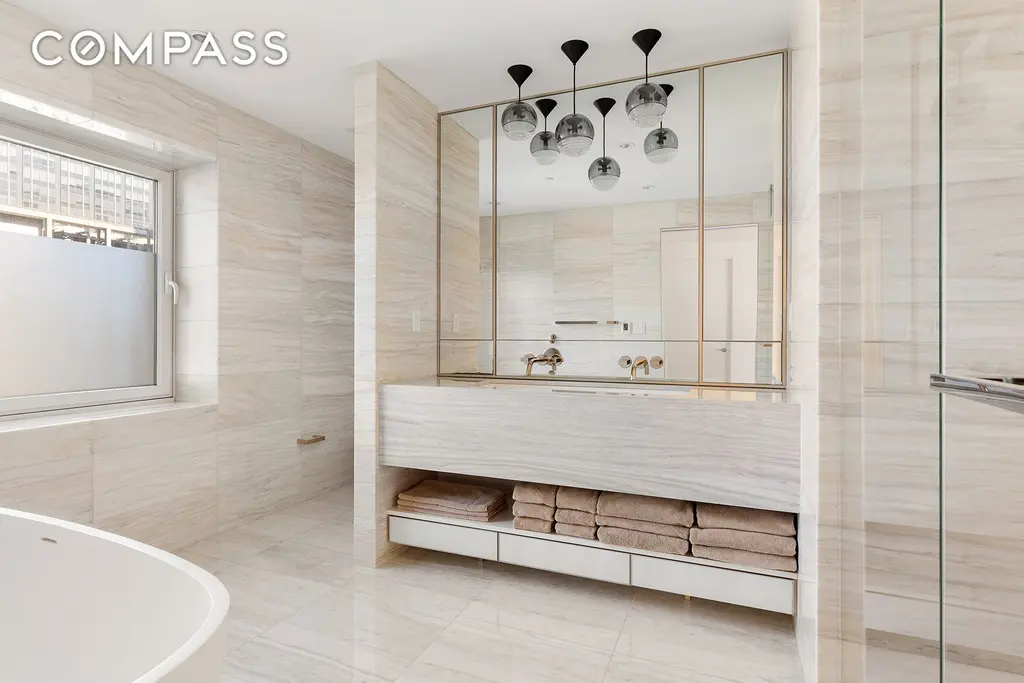
1212 Fifth Avenue, #9AD
$7,990,000 (-4.9%)
East Harlem | Condominium | 5 Bedrooms, 4.5 Baths | 4,000 ft2
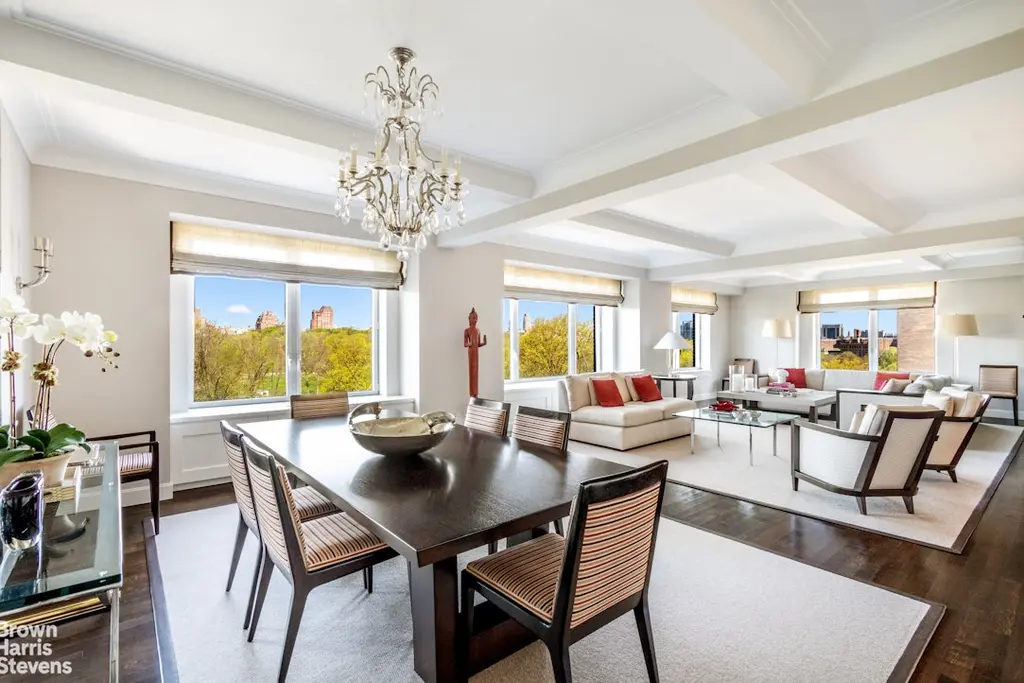
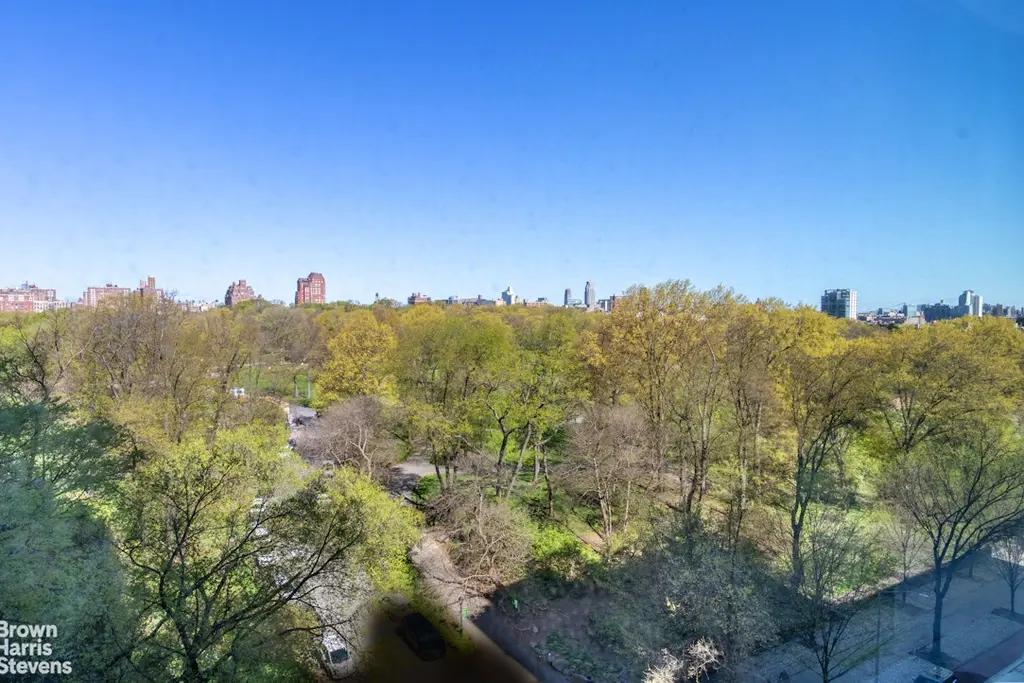




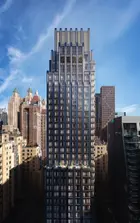

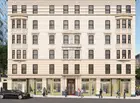
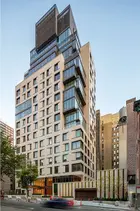

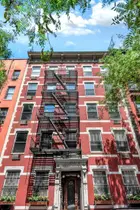

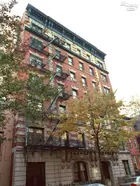
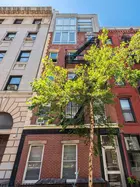
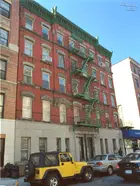
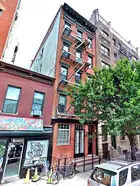
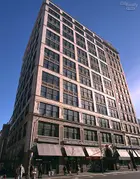
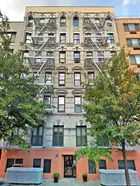


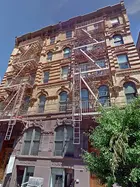
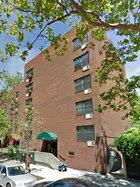
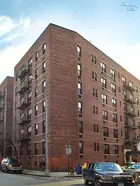

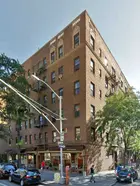
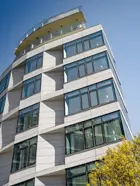
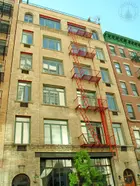
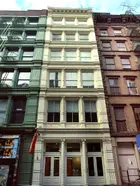
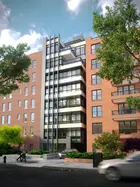

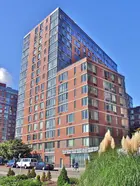
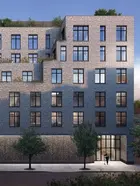
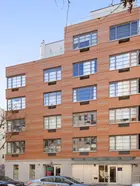
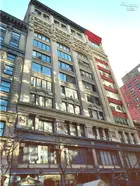
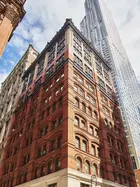

 6sqft delivers the latest on real estate, architecture, and design, straight from New York City.
6sqft delivers the latest on real estate, architecture, and design, straight from New York City.
